Mauritius is one of those places that can inspire wanderlust in all of us: an exotic volcanic island in the Indian Ocean inhabited by an eclectic mix of ethnic groups and complete with azure-cum-turquoise waters, powder-white beaches and a forested, mountainous interior. But there’s more to the country - which forms part of the African continent - than a glitzy natural veneer: the rewards come in an assortment of diverse packages, for all types of travellers, be it soloists, couples, families or others.
Here are a few reasons to visit Mauritius, things noted during a three-week trip that I feel position it as a destination worth the financial investment.
Cultural Melting Pot
As a volcanic island, there isn’t an Indigenous population, no particular ethnic group that existed pre-colonial global exploration. The island thus became home to various invaders starting with the Dutch and ending with the British. The result? A fusion of language, culture, religion and diverse ethnic origin so rich it’s difficult to fathom.
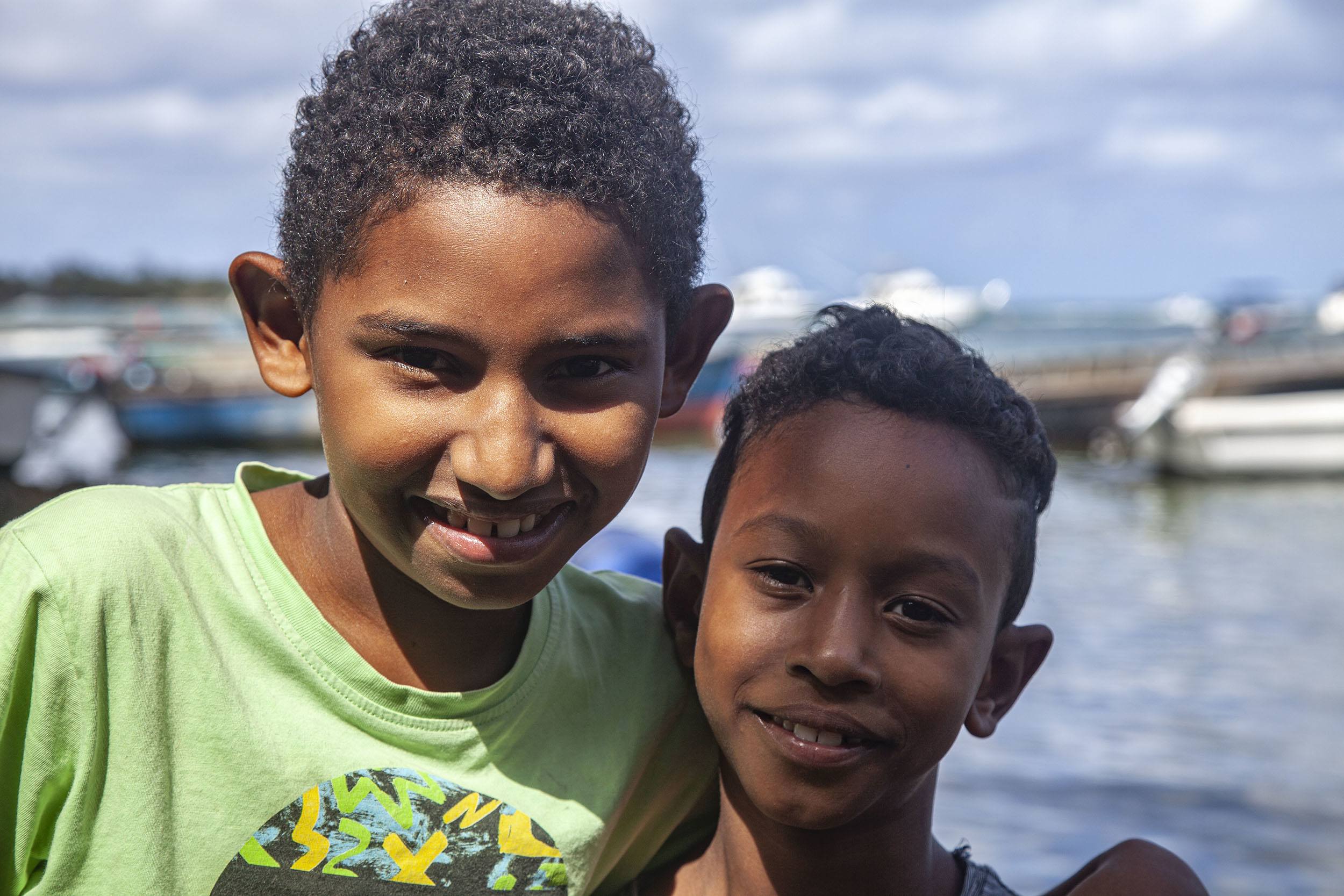
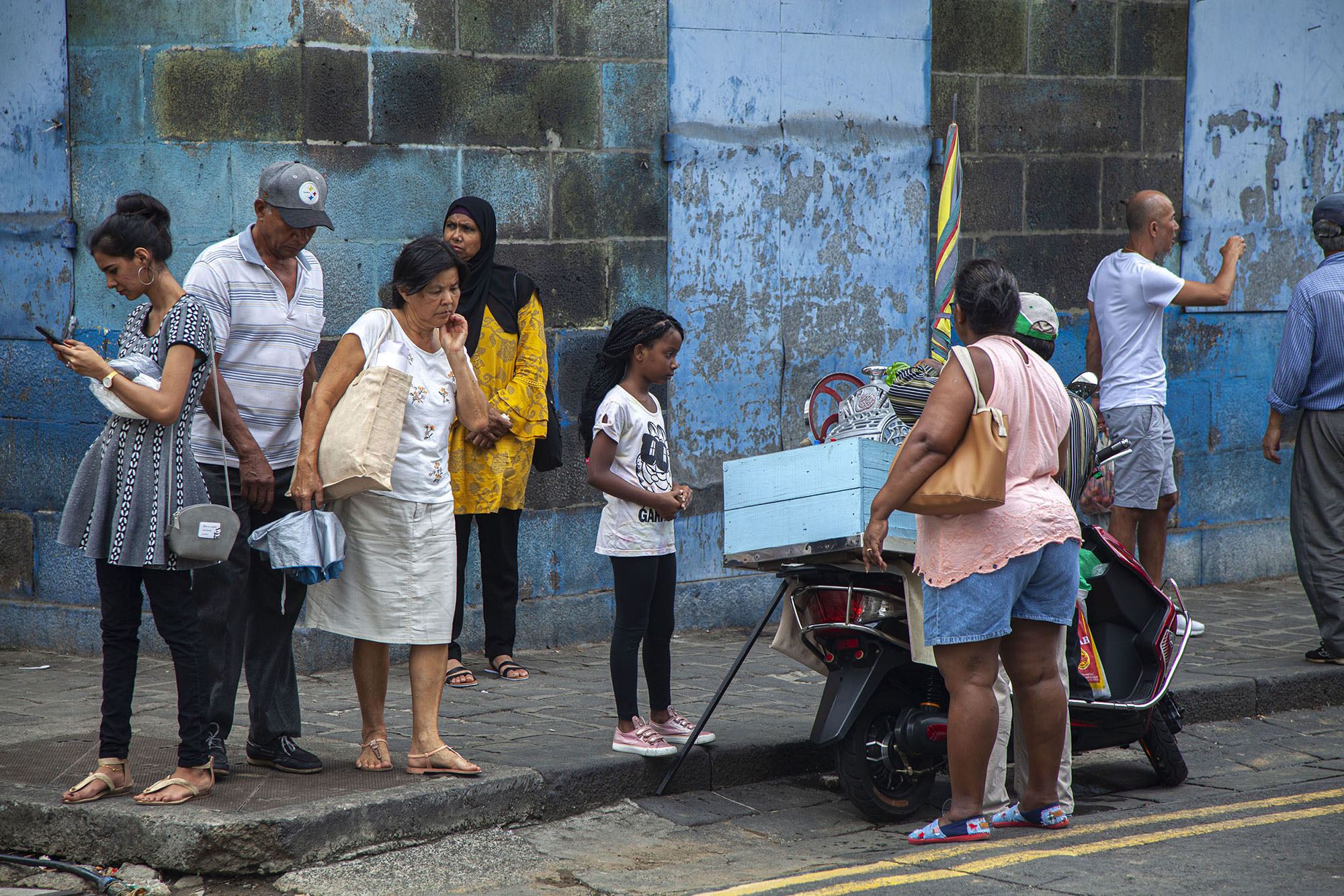
I enjoyed taking the bus to see the diversity transpire, rows of faces representing a cross-section of Asia, Africa and Europe, conversing seamlessly in Creole and French. Interestingly, despite English being the official national language, it’s not spoken as fluently as French.
Affable Locals
A cliché, yes, yet this list would be neither complete nor authentic without a mention of the kindness and hospitality that abound in each corner of the country. Whether shopping, taking the bus, swimming in the sea or hanging out at a guesthouse, I was always made to feel welcome, a smile thrown in my direction by each person I met.
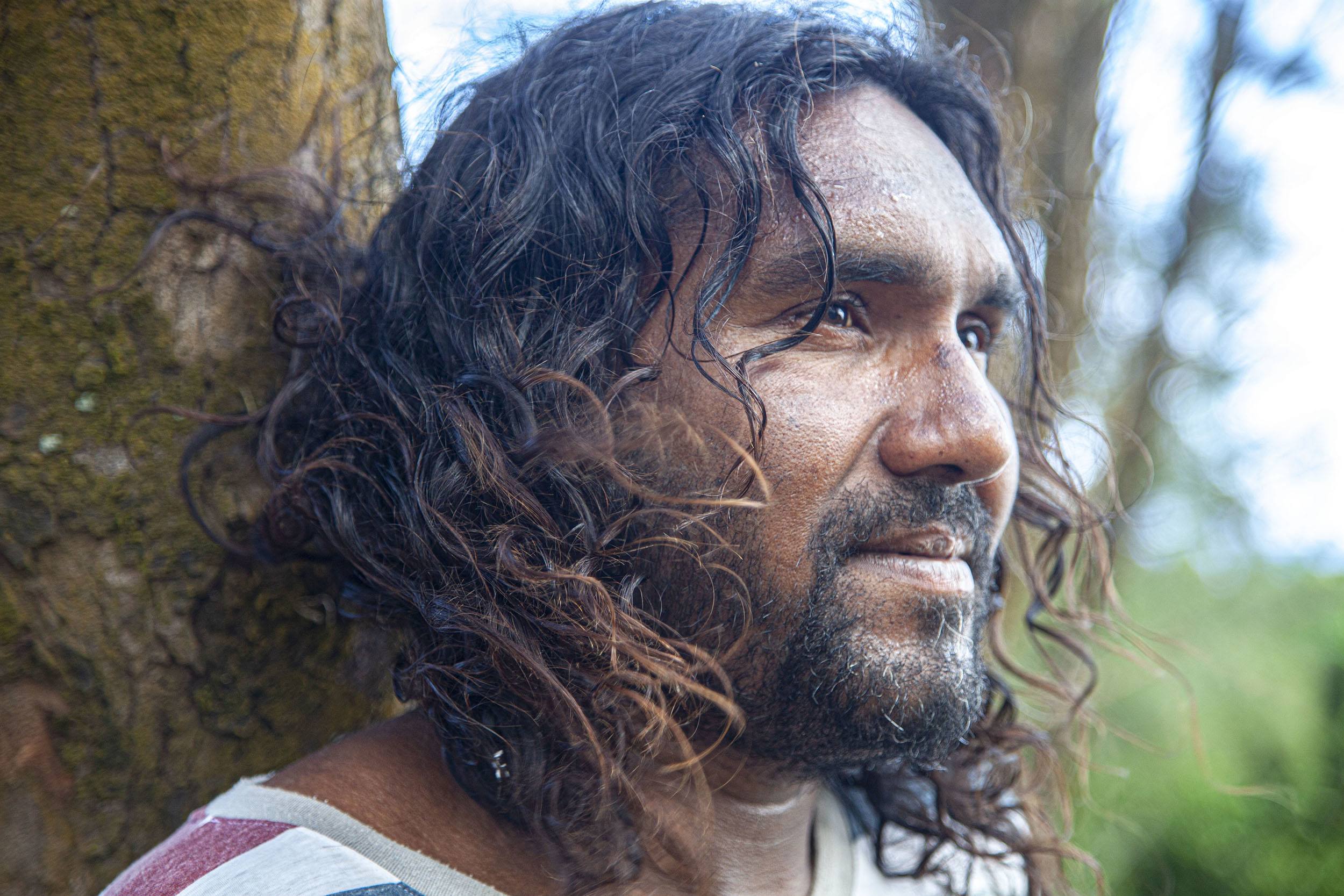
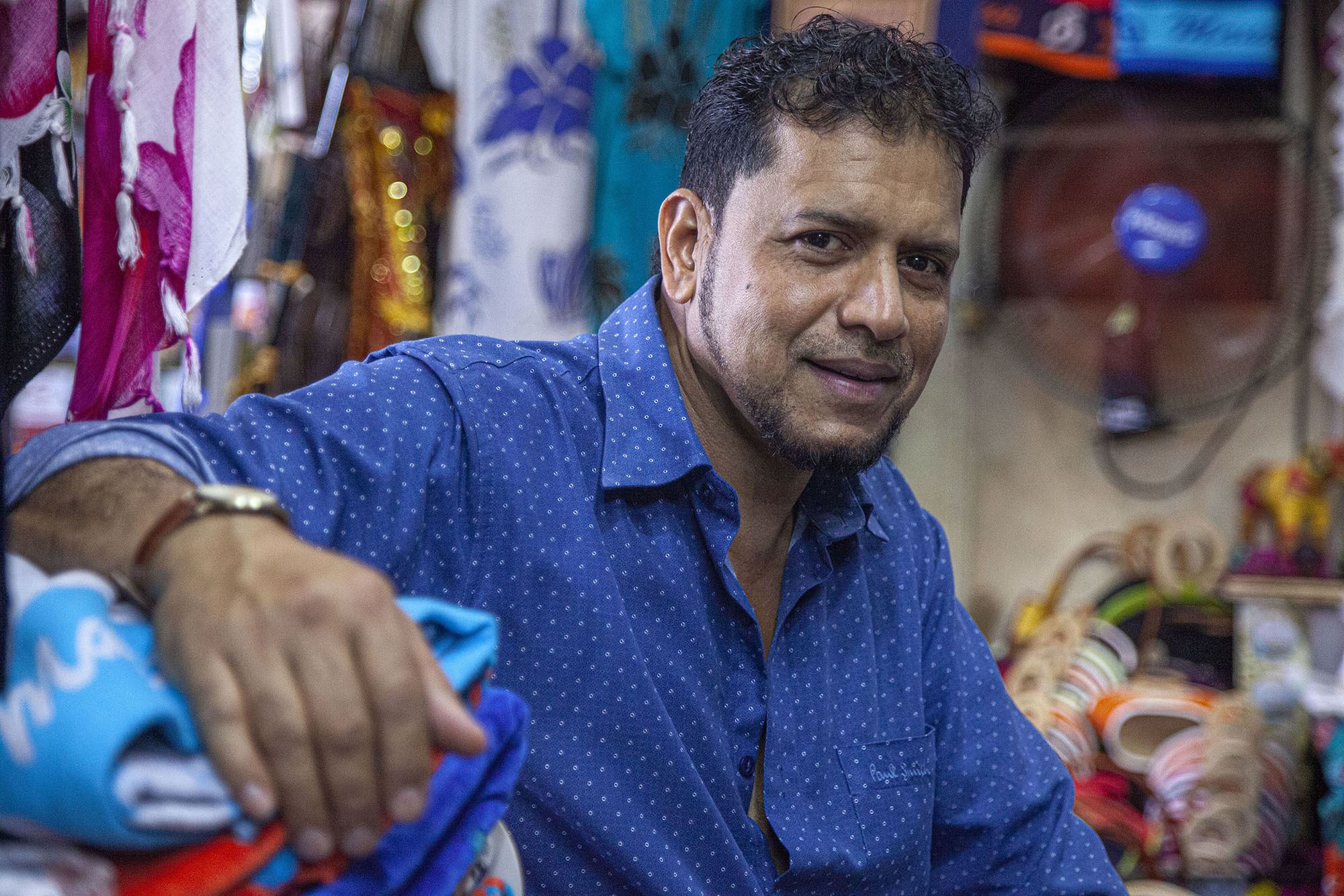
Kindness seems to be a key ingredient to the country’s melting pot success.
Rich Culinary Repertoire
With influences from Asian, African, Indian and French kitchens, Mauritian cuisine is rich in diversity. Despite the amalgamation of disparate flavours and culinary techniques, dishes come together seamlessly that showcase the novel cuisine.
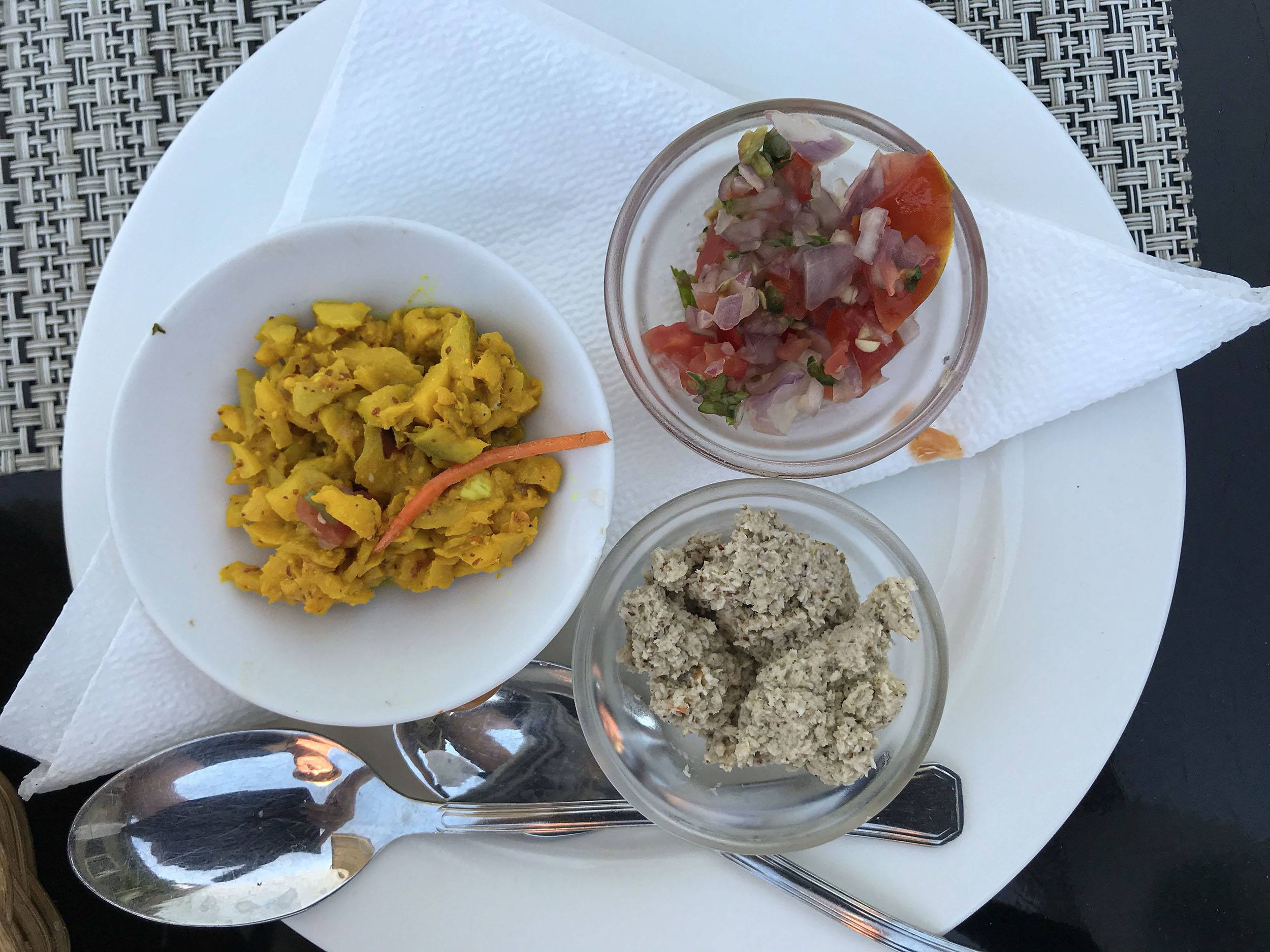

Being an island, fish and seafood are tabletop commodities, mostly plucked fresh from the surrounding waters each day. Fruit de Mer was a personal favourite as was the mango chutney served religiously with most main courses. Try it with dhal puri for a unique experience.
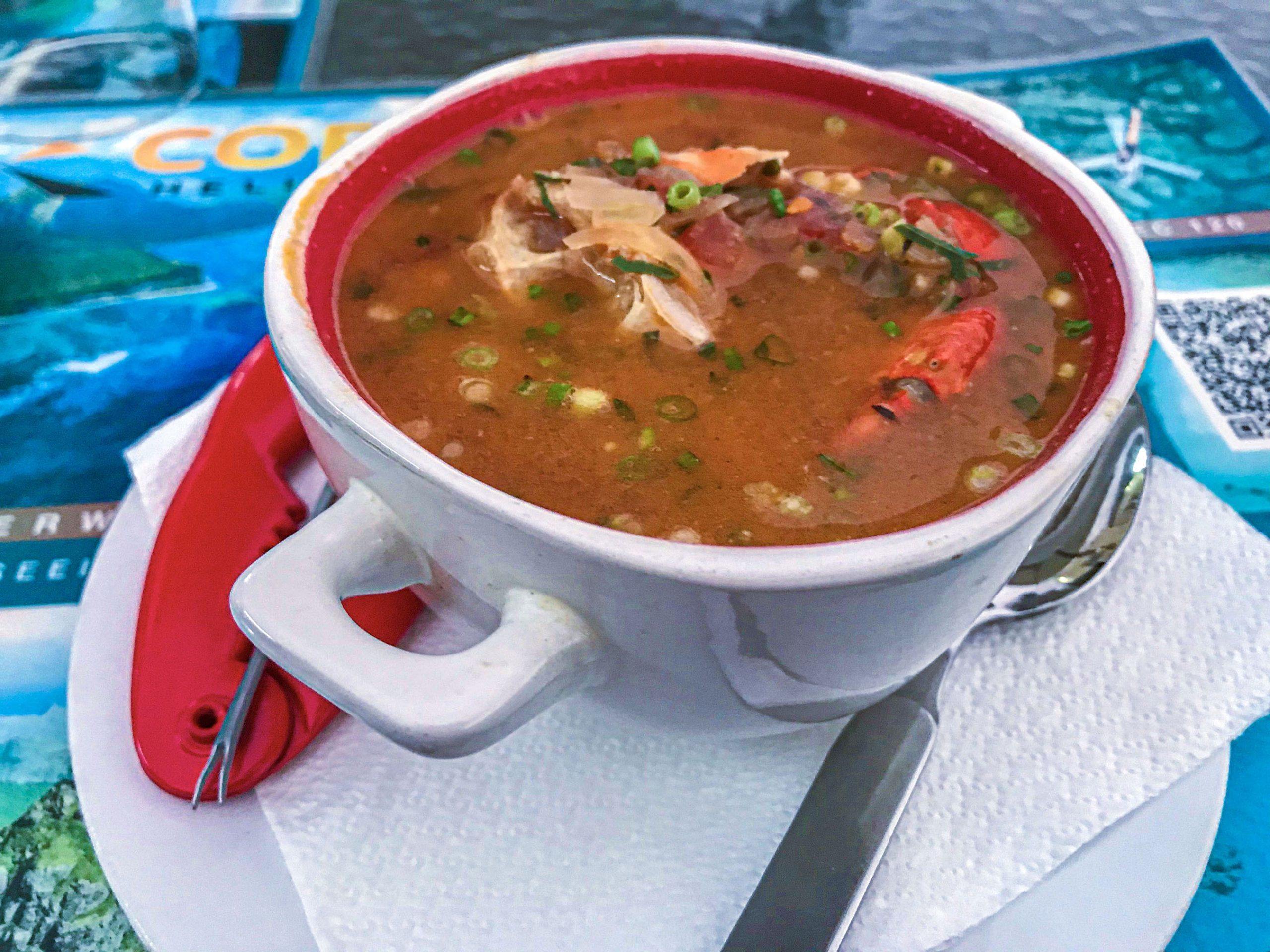
Scan menus also for rougaille Crevette, vindaye and halim and wait for your taste buds to explode.
Lively Markets
For a burst of colour, aroma and dynamism, visit a local market. It’s here that local life truly unfolds, an epicentre of culture that erupts in a flurry of activity on given days.
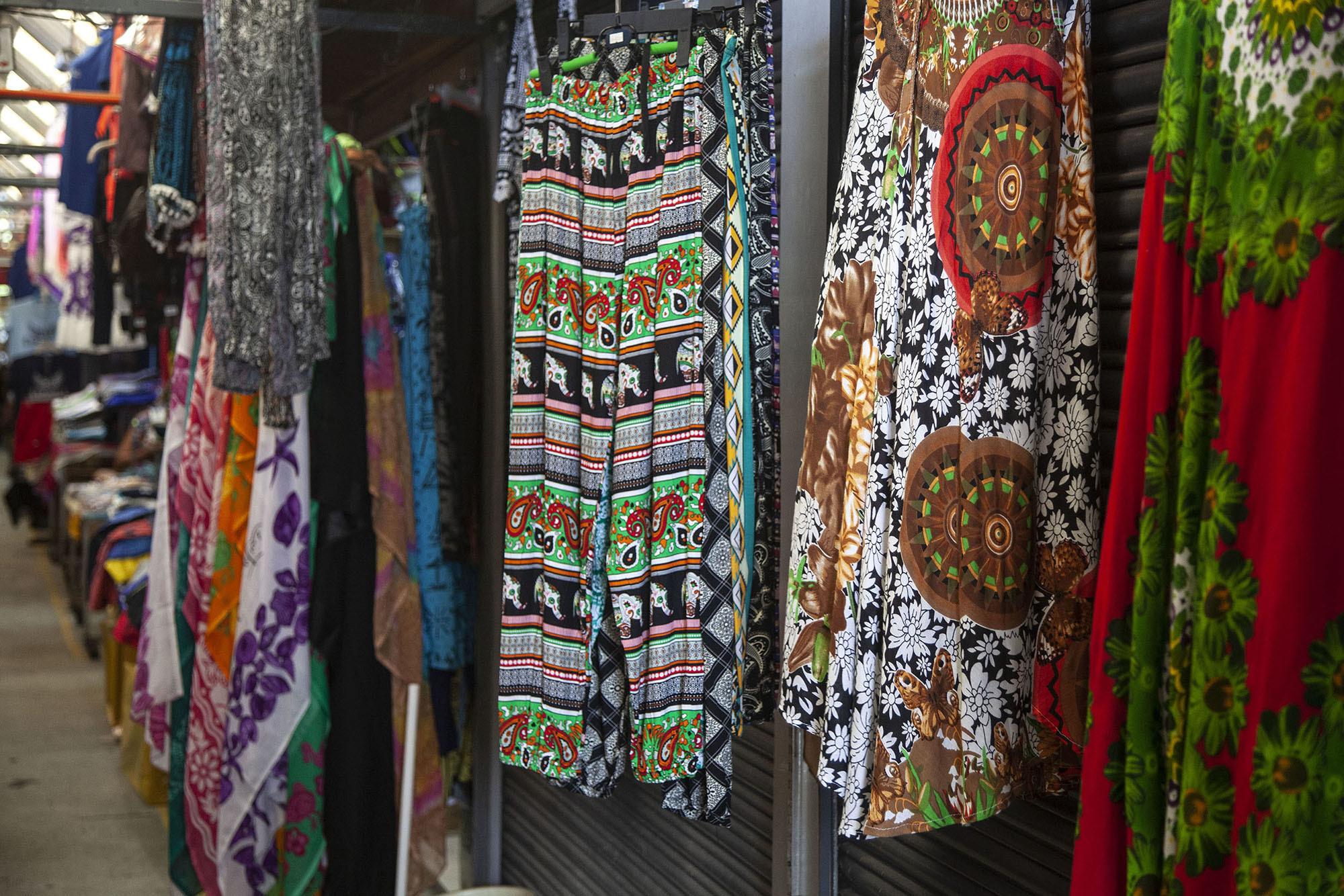
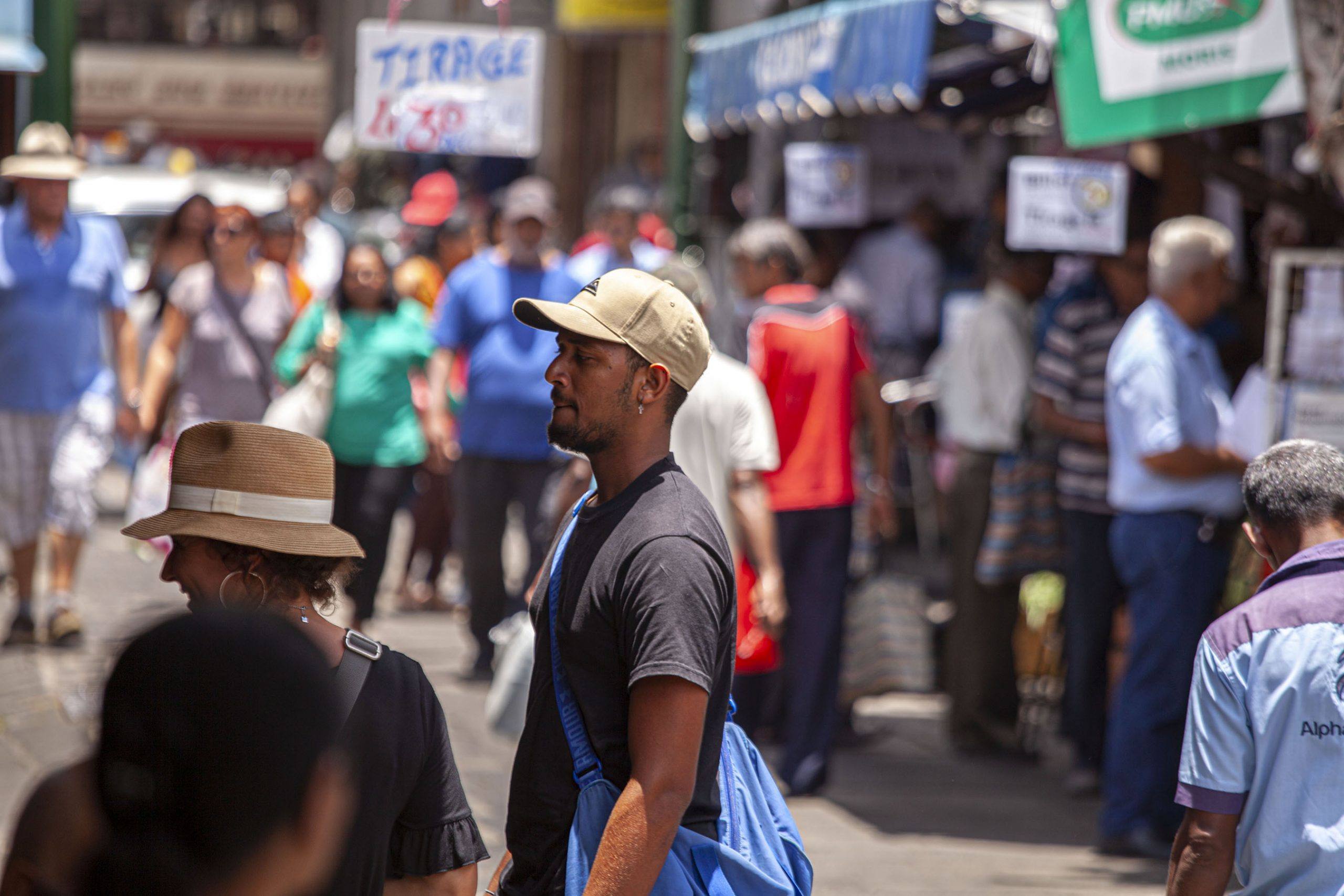
A world of comestibles can be found with prices that are fair and often negotiable. I buzzed around the markets in Grand Baie, Quatre Bornes and Port Louis, collecting fresh fruit and vegetables many of which have only seasonal availability. Lychees were the highlight - succulent and sweet.
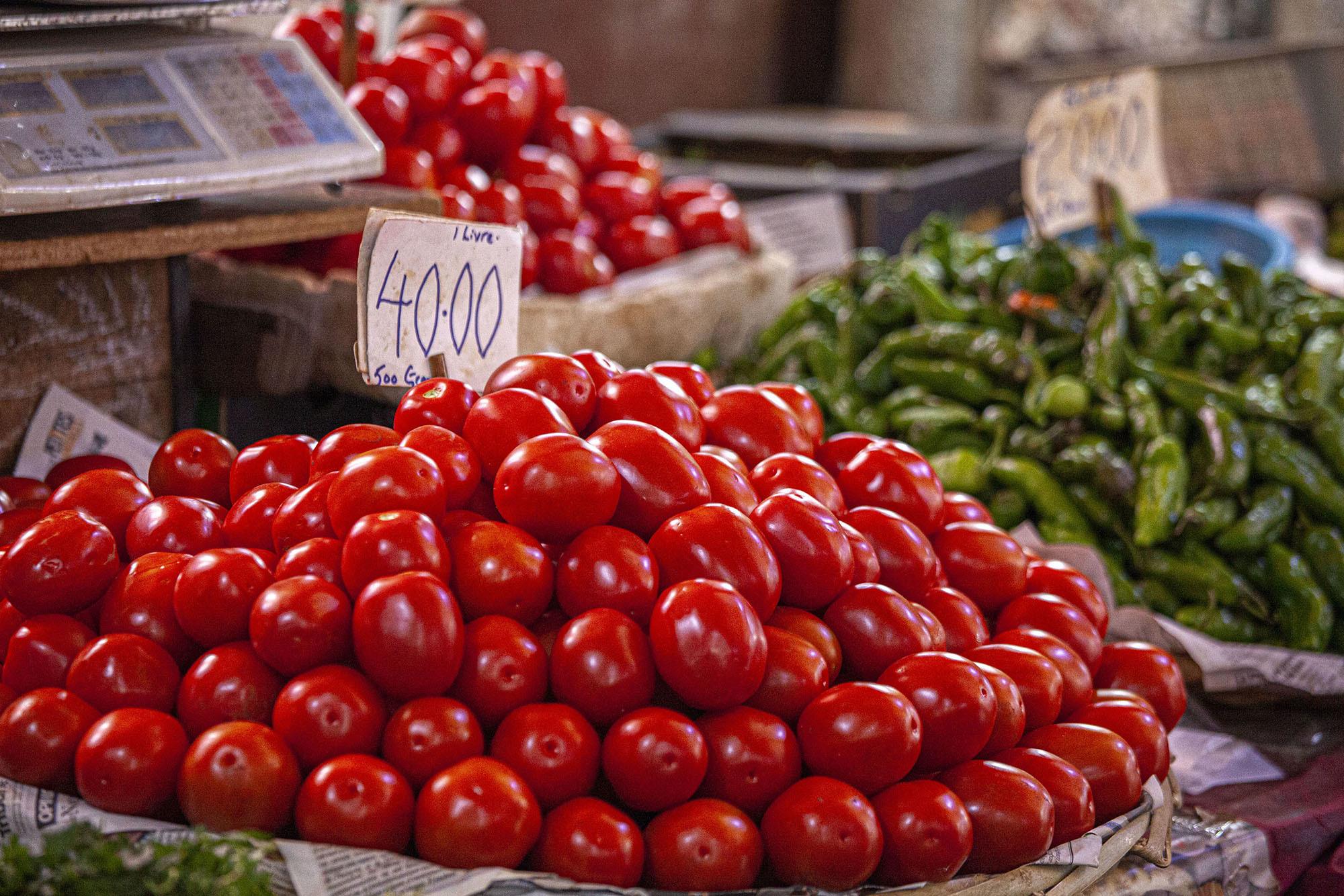
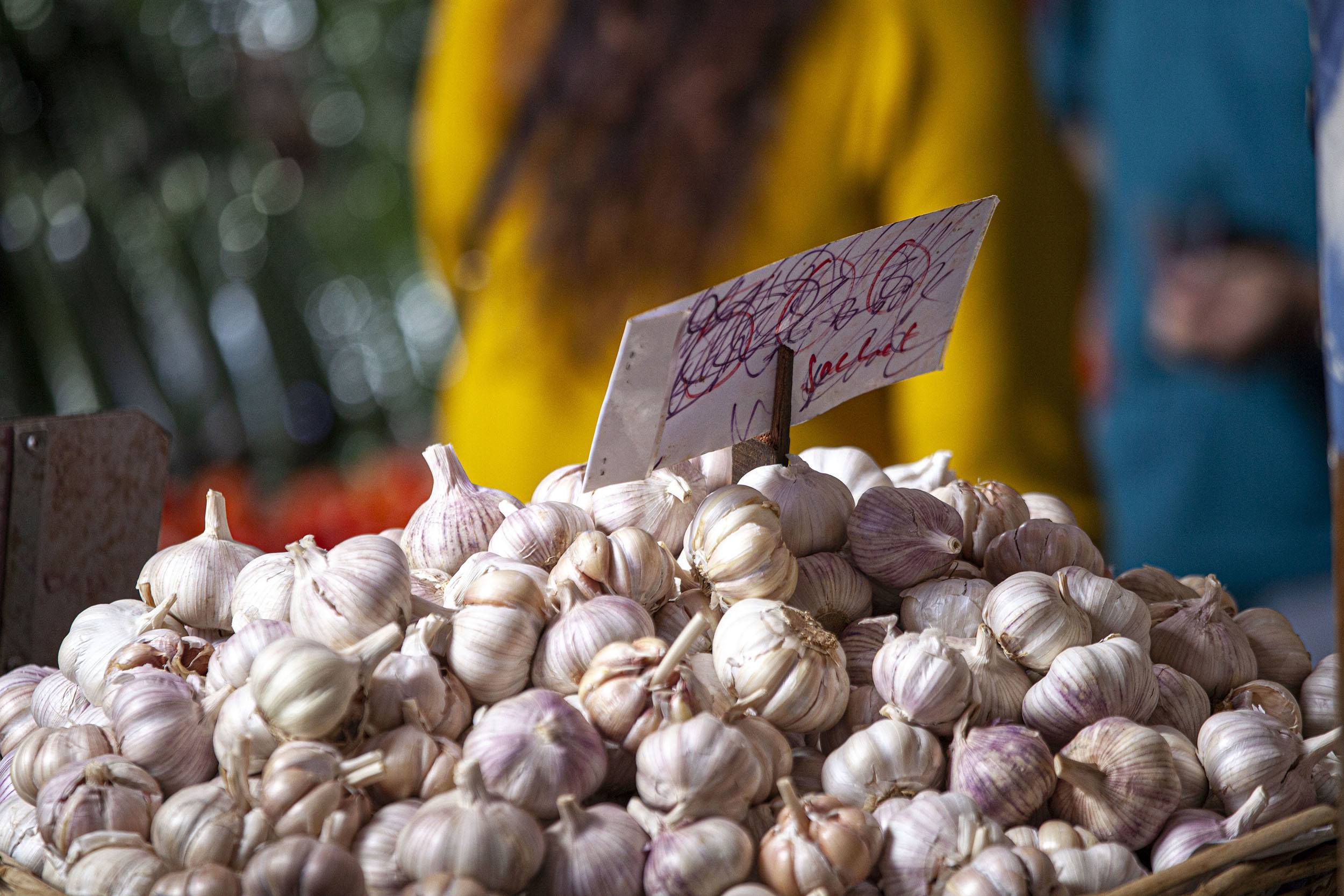
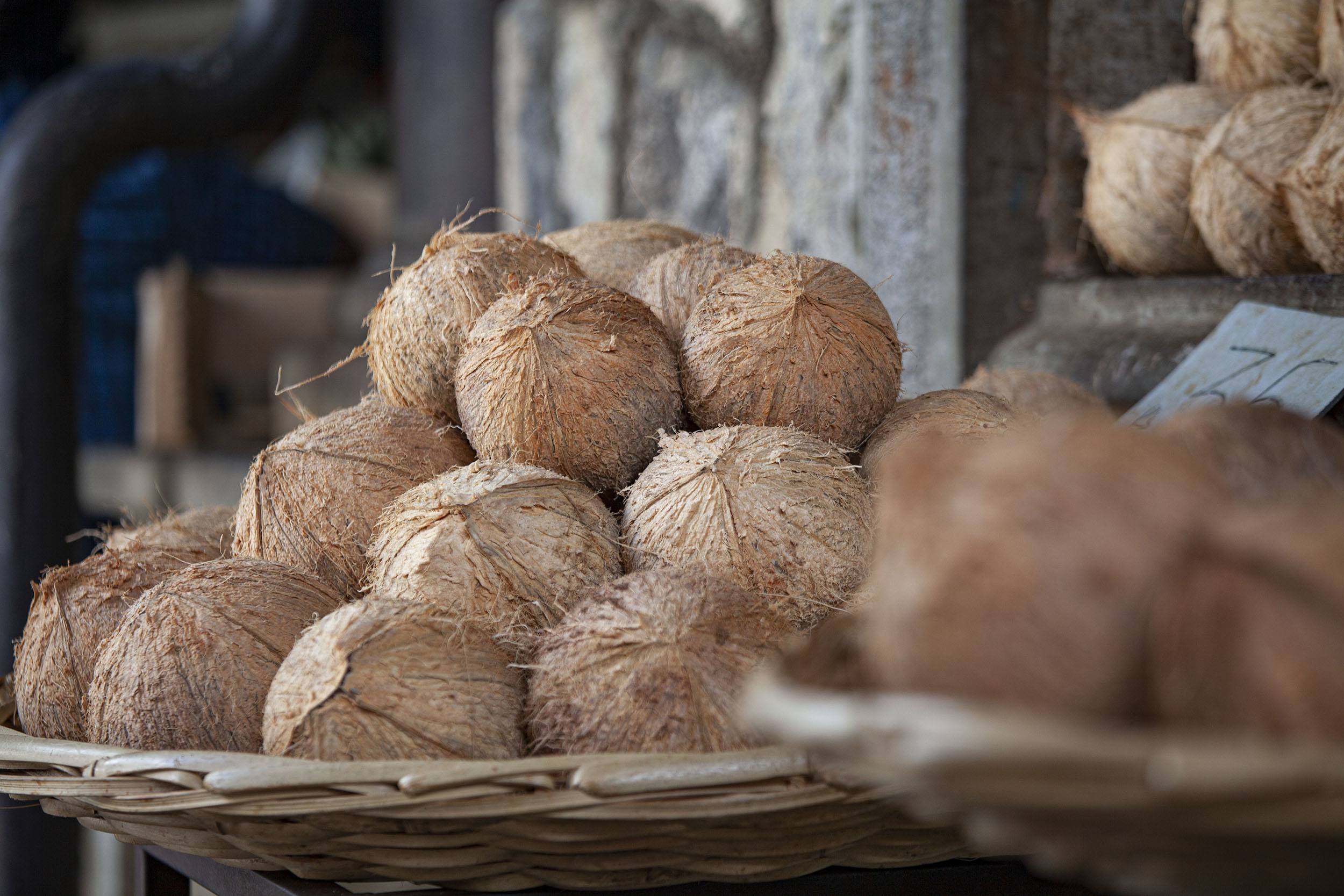
Woven baskets and other tourist paraphernalia are best collected here.
Bountiful Nature
There are mountainous panoramas, waterfalls, forests, botanical gardens and nature reserves all waiting to be explored. Sir Seewoosagur Ramgoolam Botanical Gardens near Port Louis is home to 500 plant species. It’s also where you’ll get an opportunity to see a baobab in the flesh, a gift of nature particularly if you’re not visiting neighbouring Madagascar.
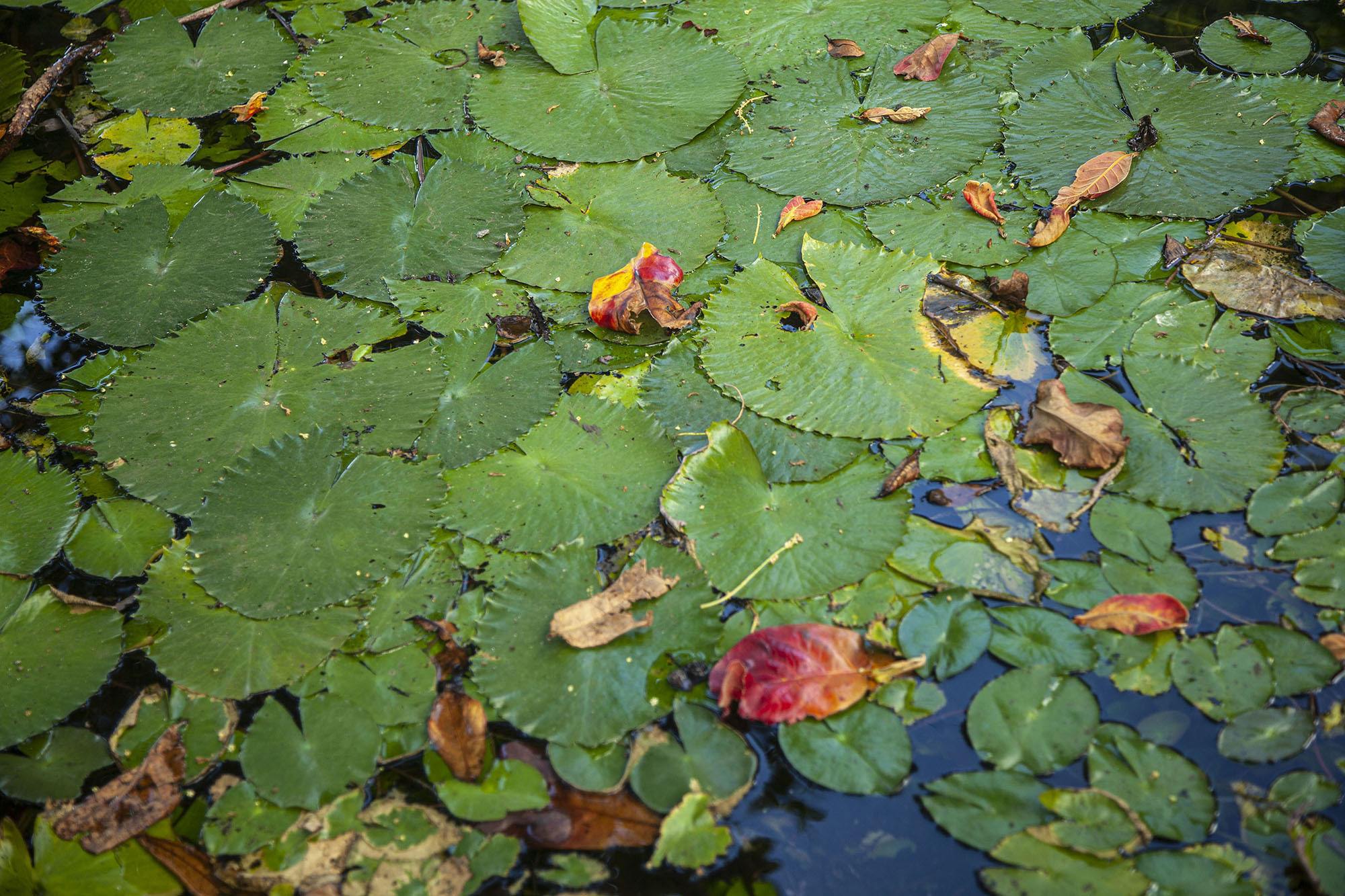
Then there’s the UNESCO Site of Le Morne Cultural Landscape, complete with its own stunning outcrop, an impressive peninsula with a mountain that juts into the sea.
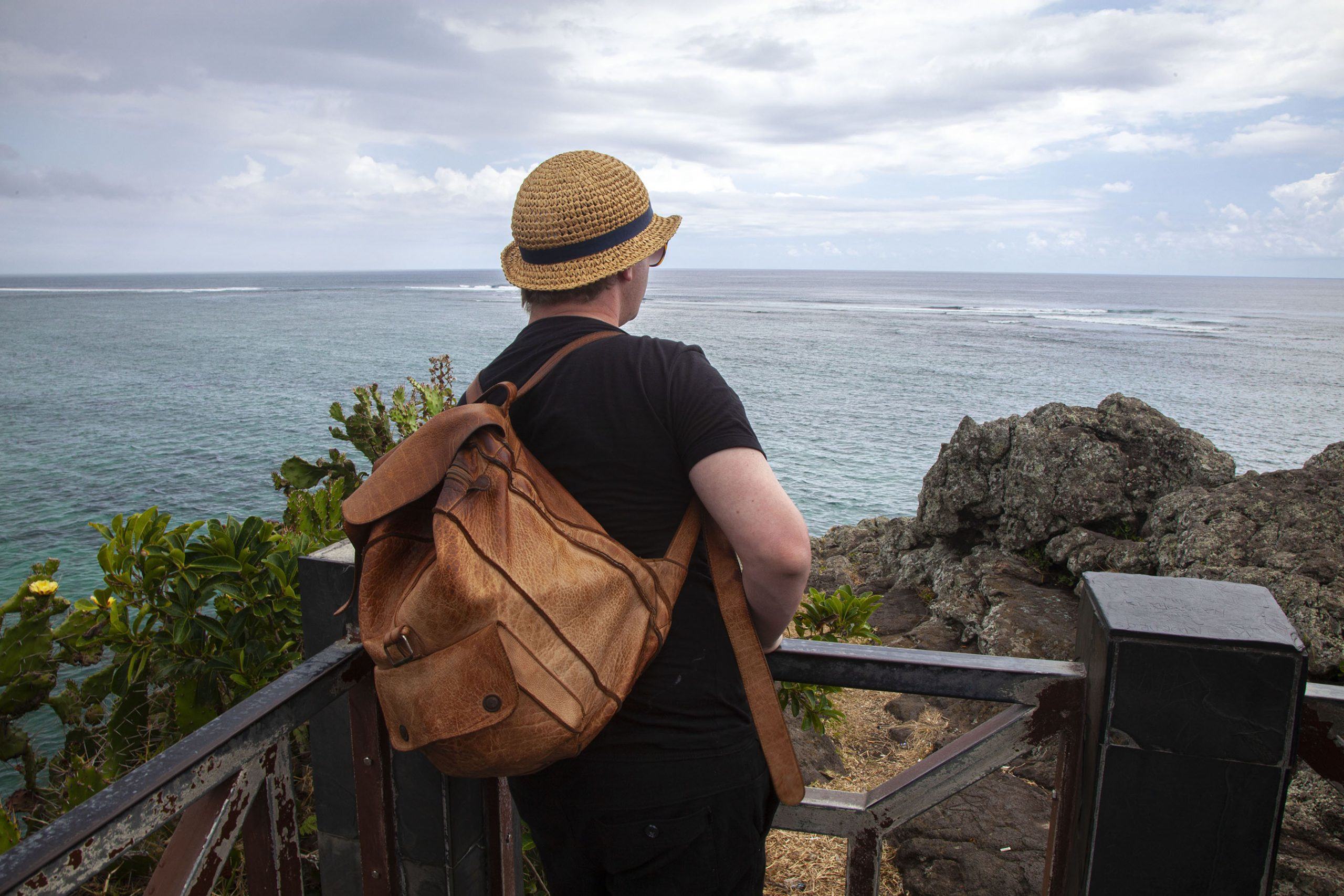
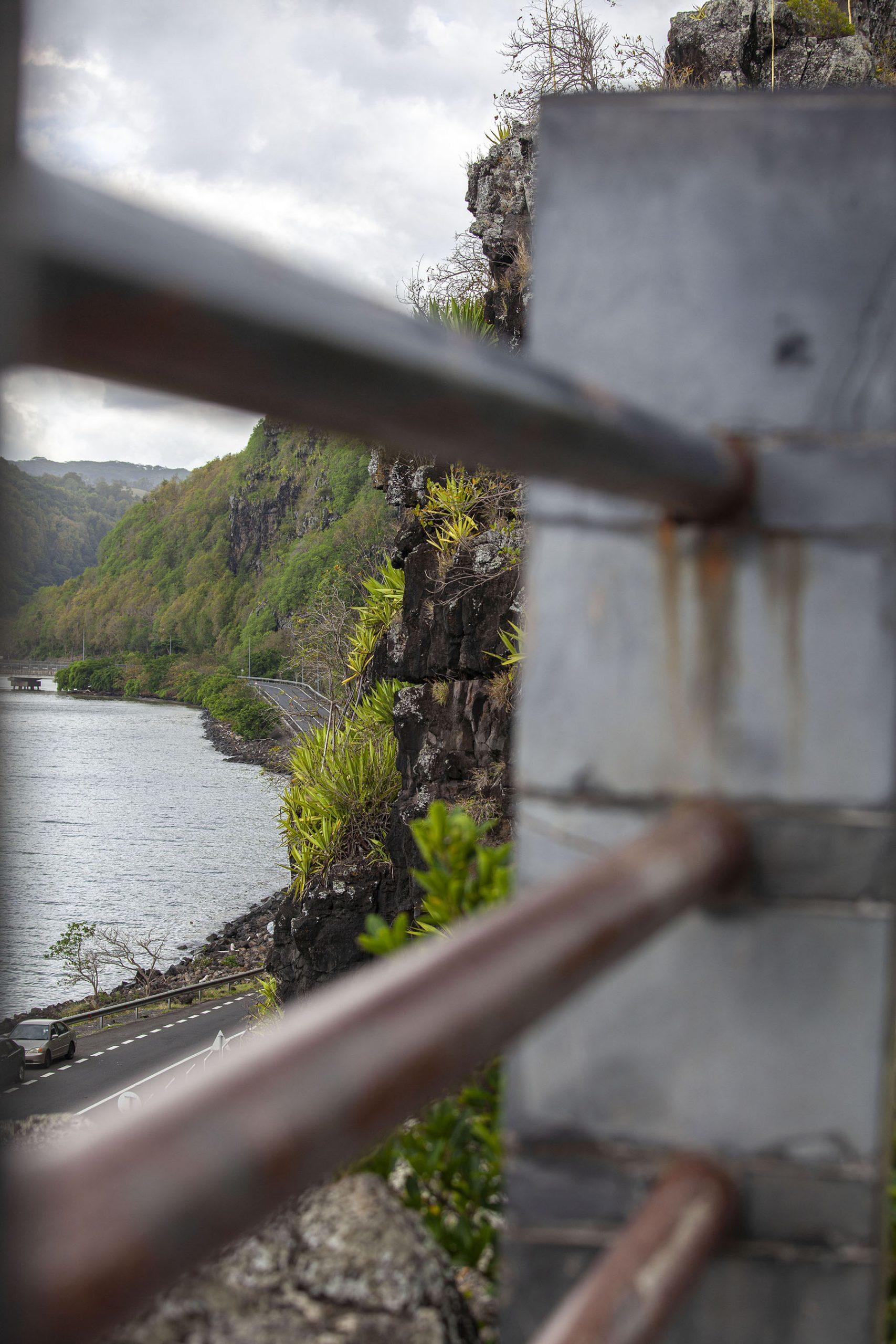
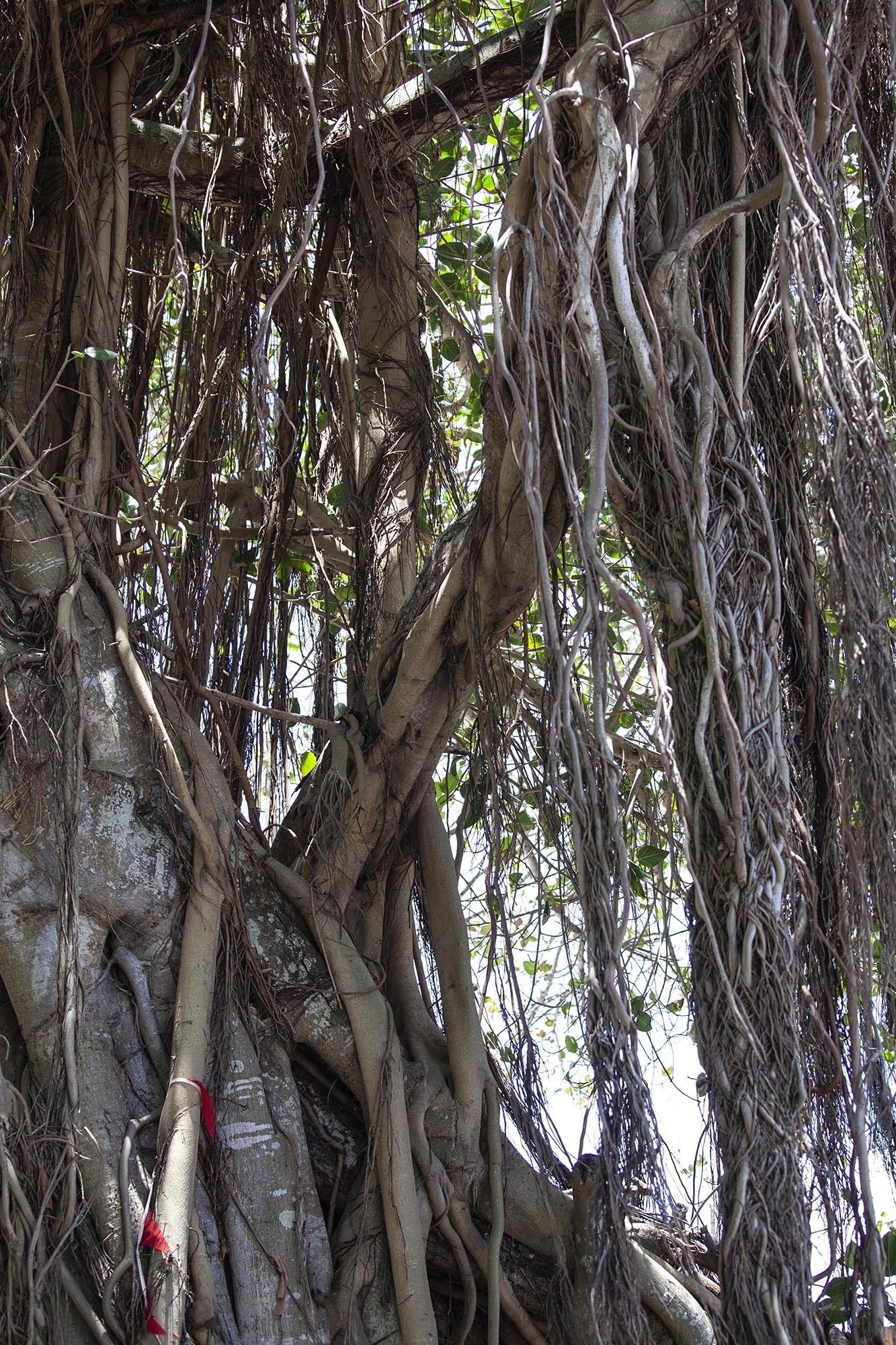
Despite the daily hordes that climb the stairs to get a selfie on top, it was one of my favourites of the island’s natural wonders.
Colourful Earth
For a chance to see the dynamism of which Mother Nature is capable, pay a visit to Chamarel, a village near the mountainous Black River Gorges National Park. Purportedly formed by the conversion of lava to clay minerals, the earth here is marked by swirls of colour, including violet, indigo, yellow, green and red.
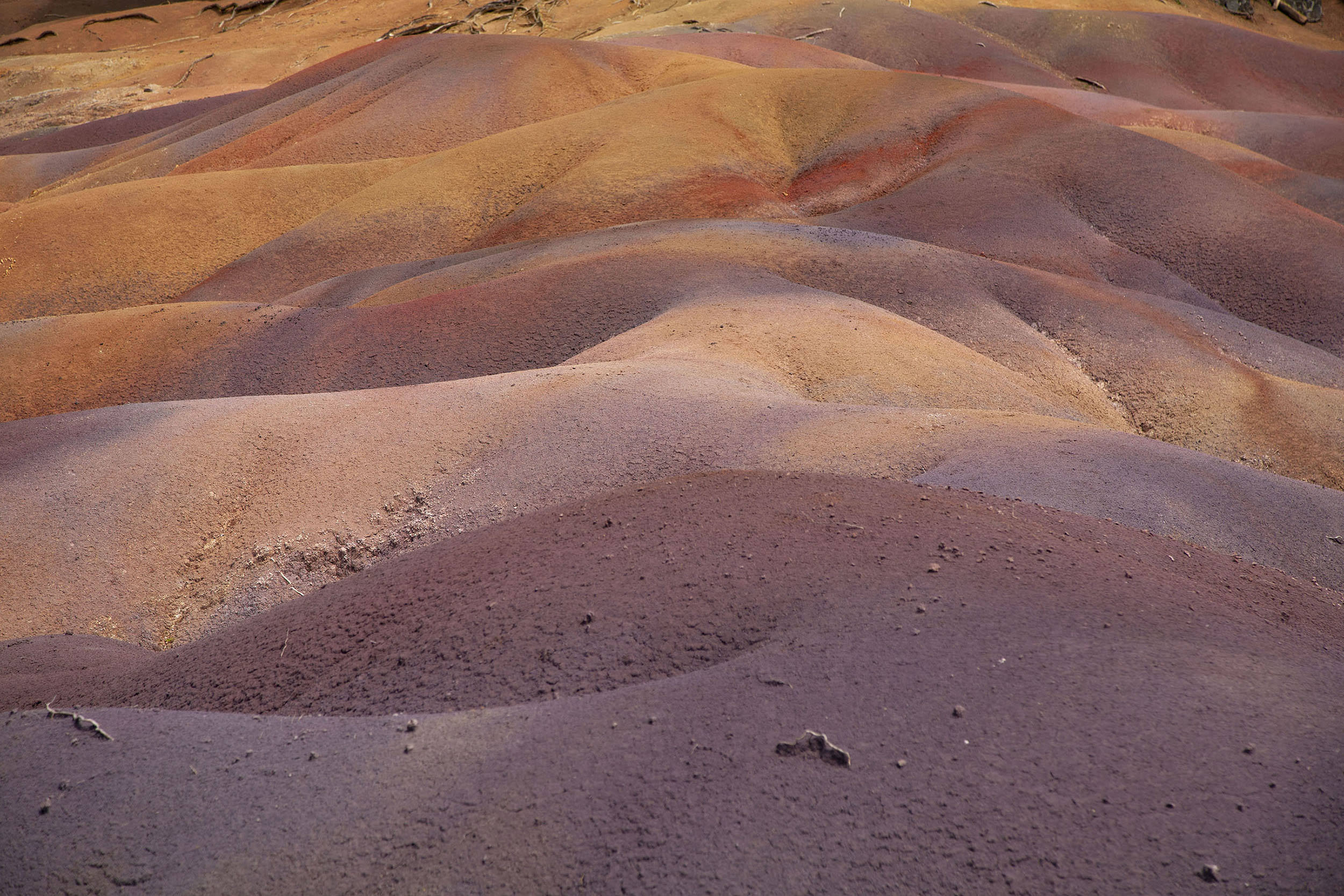
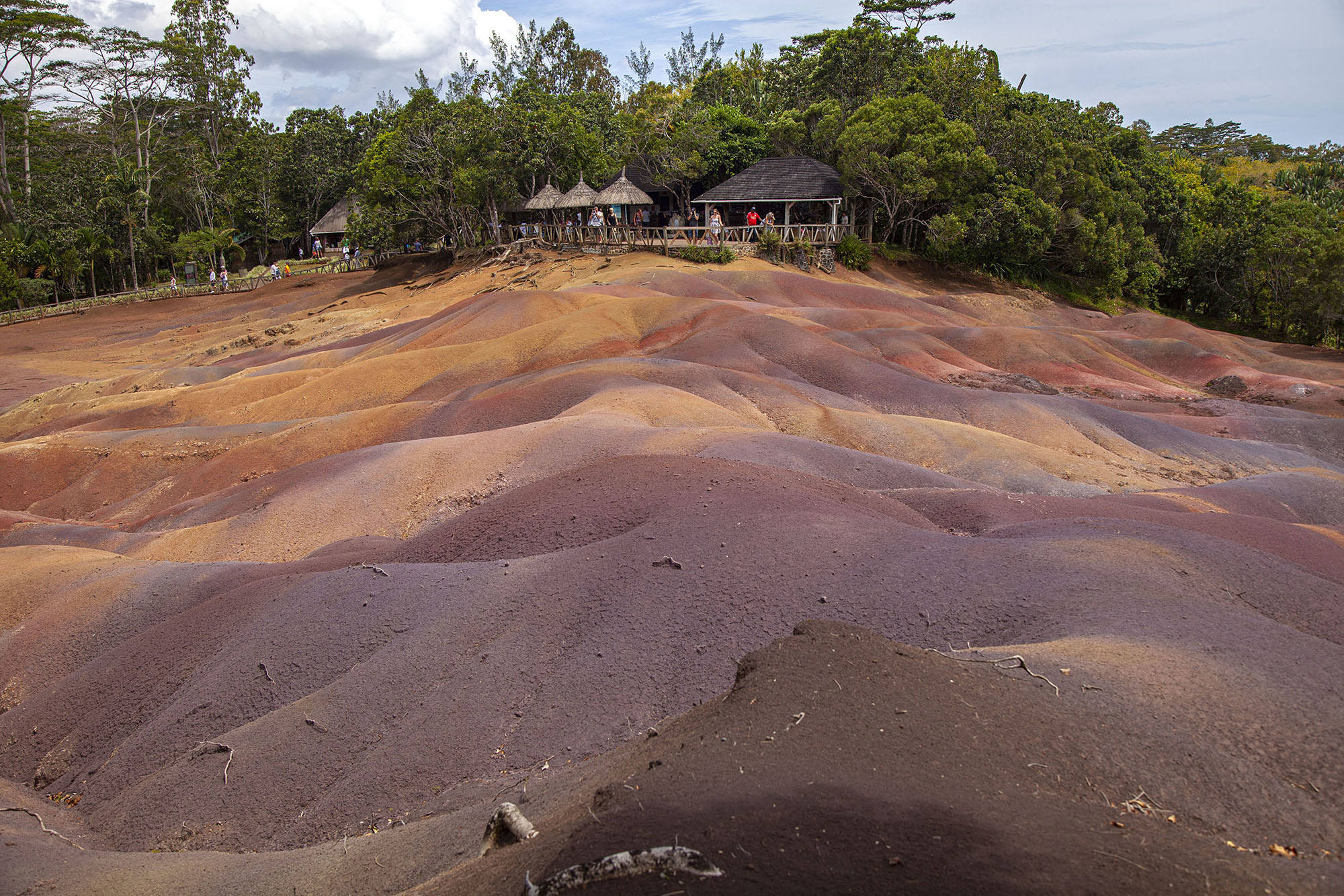
The area is protected by a wooden fence with platforms peppered along the periphery for viewing pleasure. It was a personal highlight of visiting Mauritius.
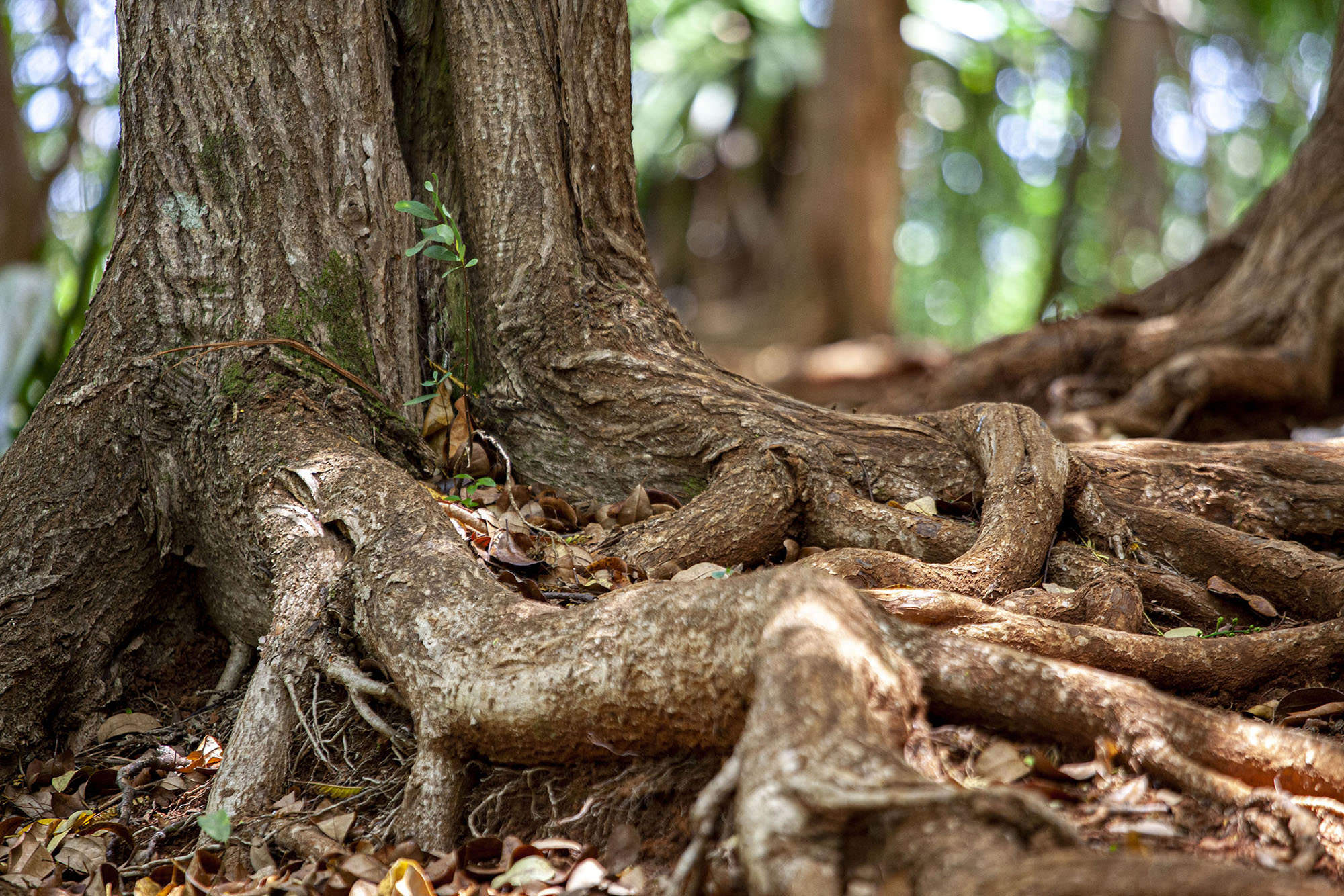
You can purchase a test-tube filled with the colours from the shop on your way out.
Sweet Core
The backbone of the country and a major export, sugar cane is the crop that’s ubiquitous in Mauritius. The smell is as intoxicating as is a visit to one of the rum distilleries, located in Chamarel, St Aubin Rum Estate and L’Aventure du Sucre.
For a more orderly and less raucous affair, visit Bois Cherie tea estate.
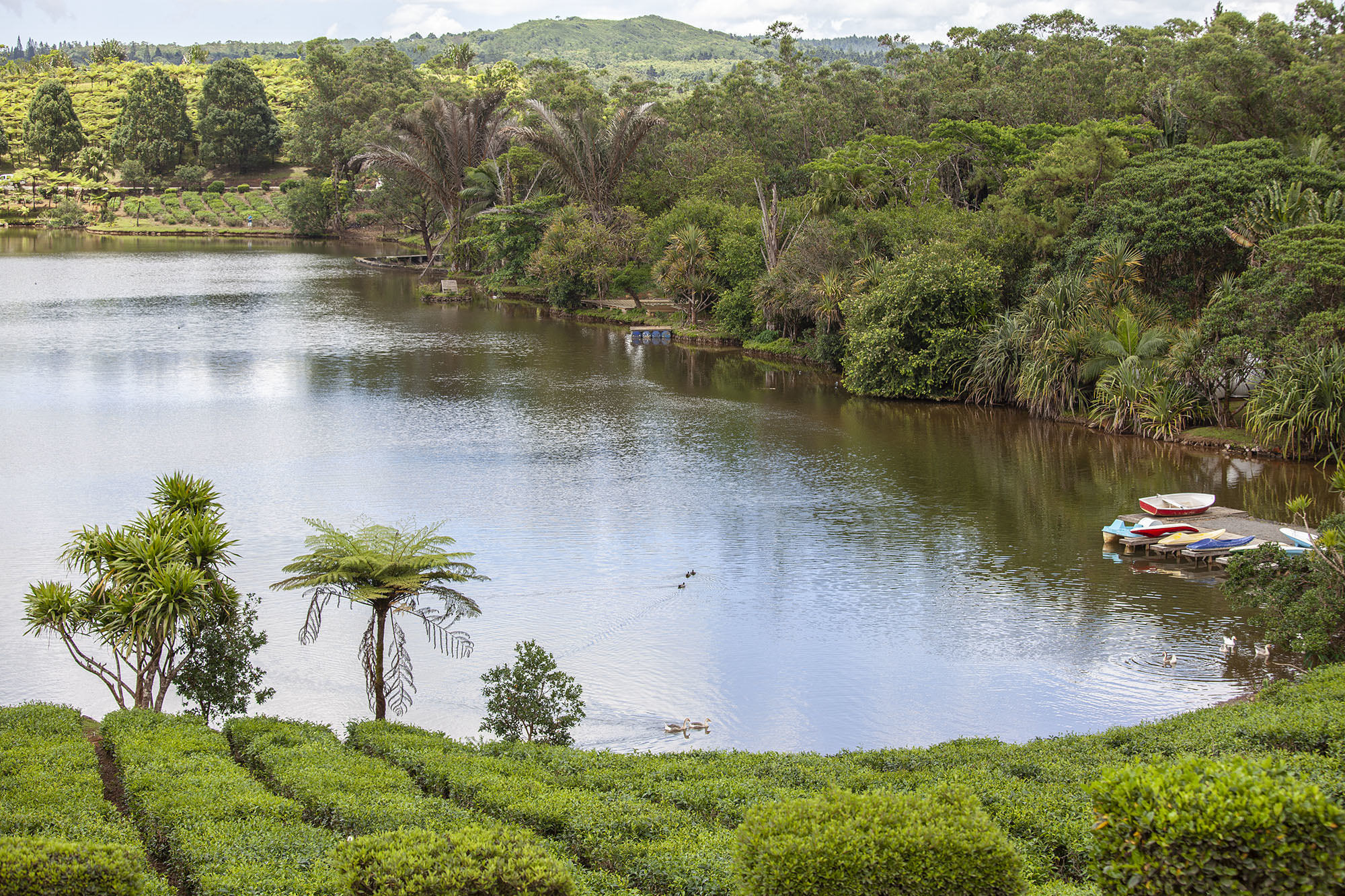
Following a tour, taste your way through the 10 types of fragrant blend produced here. It was one of my favourite activities in Mauritius.
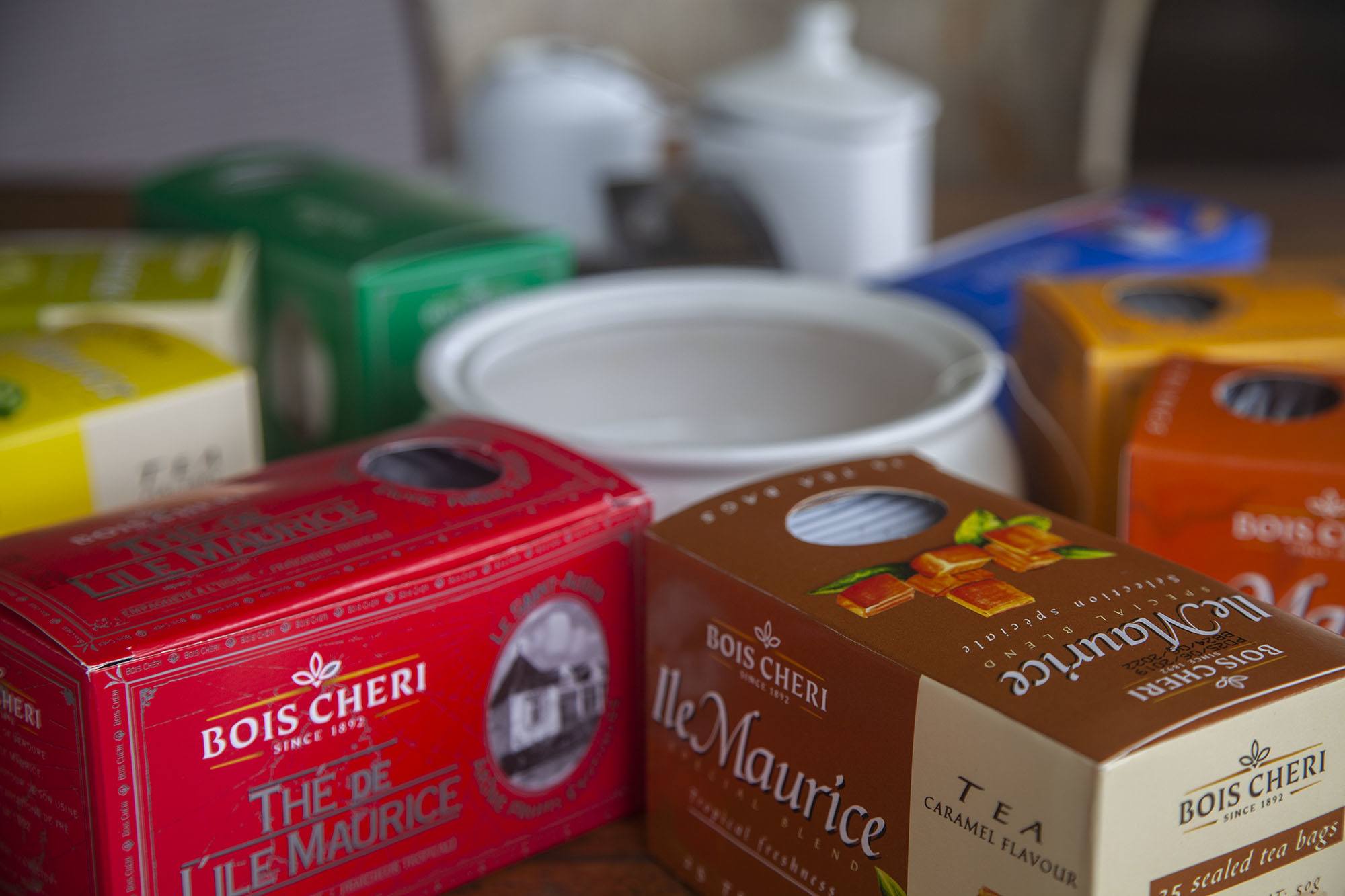
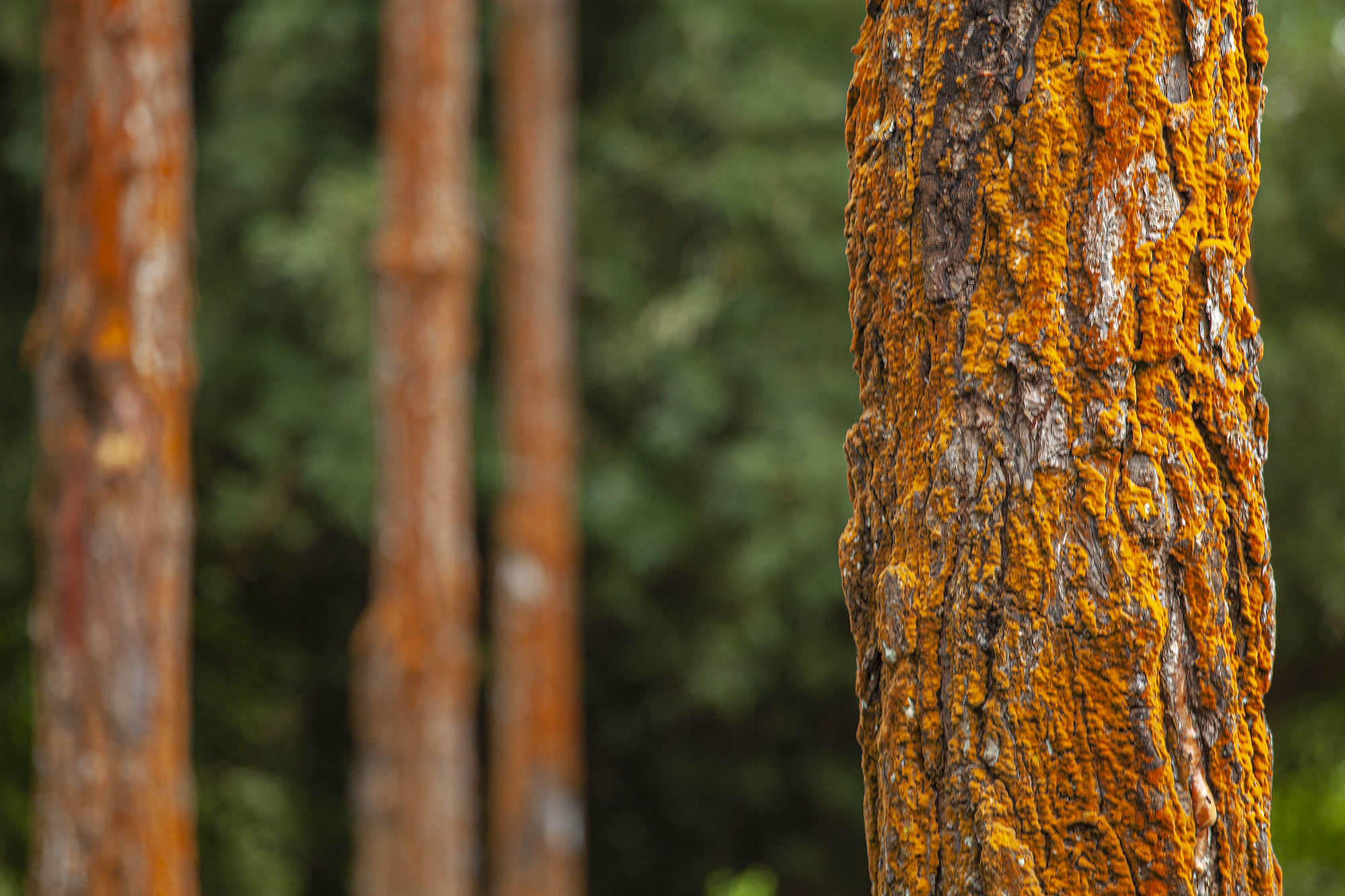
For an even sweeter experience, stay a night in a bubble and explore the heavenly constellations from the comfort of your bed.
Beautiful Beaches
It may seem obvious, given the country’s key accolade as an island, but the beaches are worthy of their own mention. Perhaps it’s more the colourful lustre of the surrounding water that qualifies as paradisaic although the powder-white sand adds a layer of beauty.
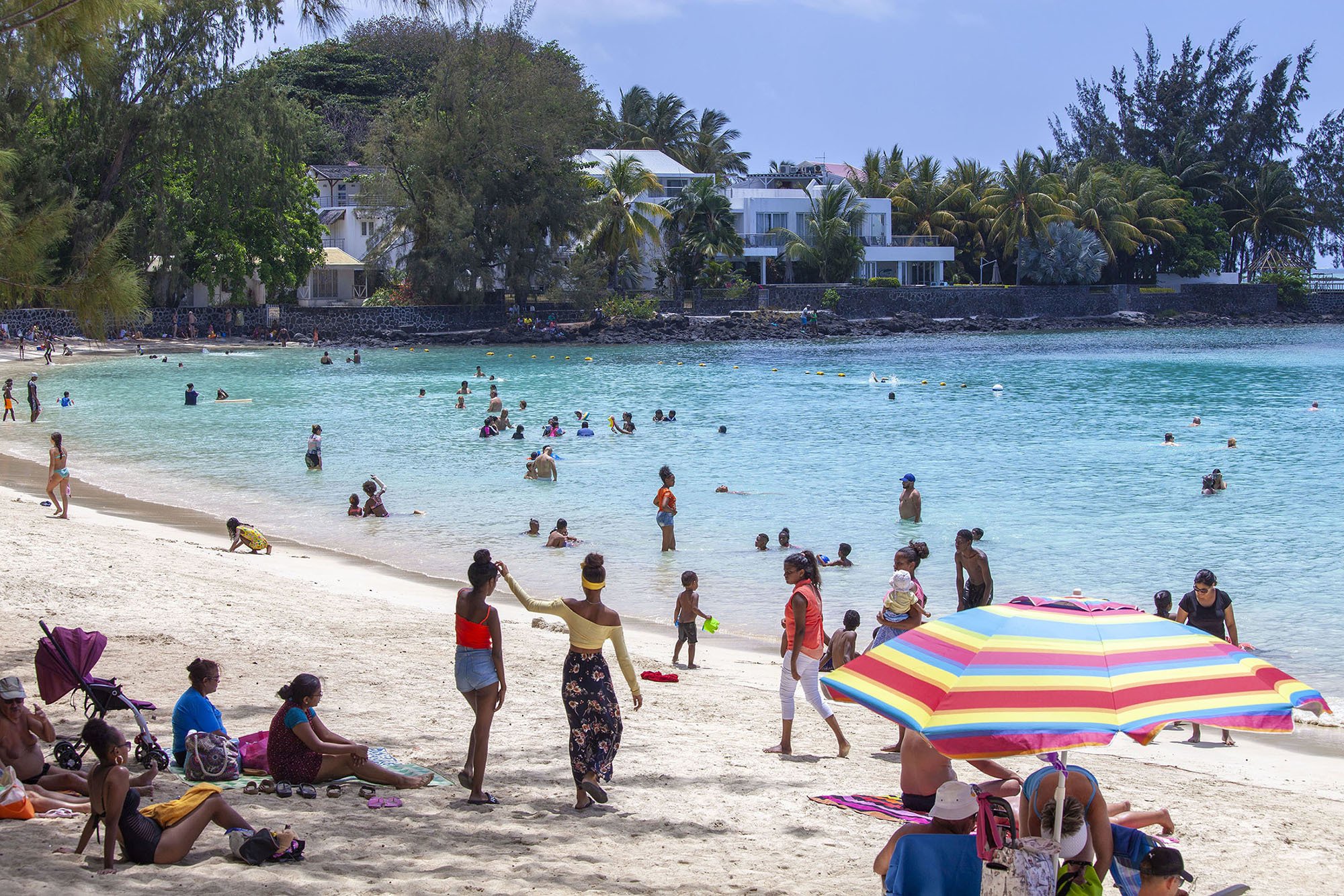
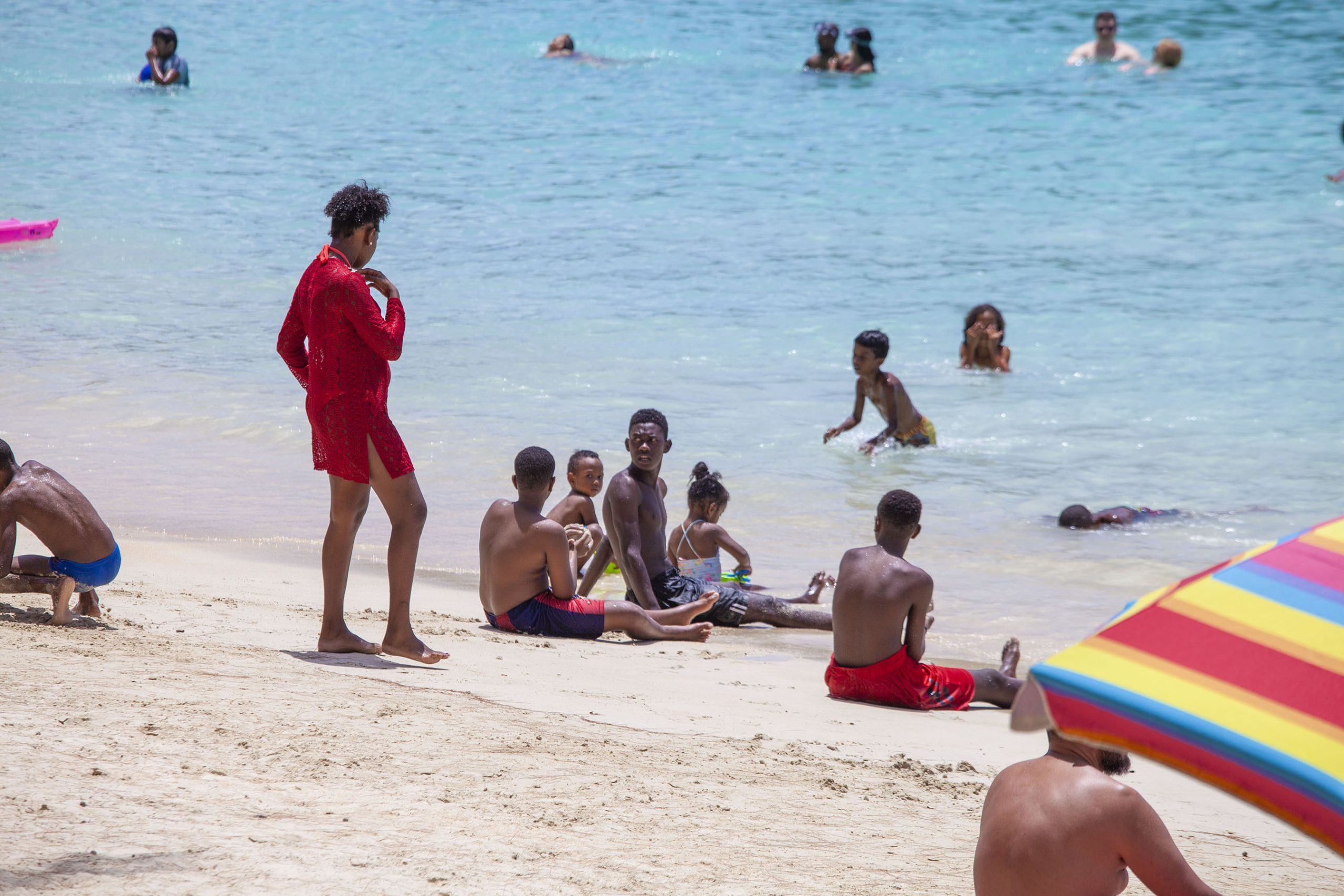
Wherever you turn, there’s a slice of beach and body of turquoise or emerald water fit for relaxation.
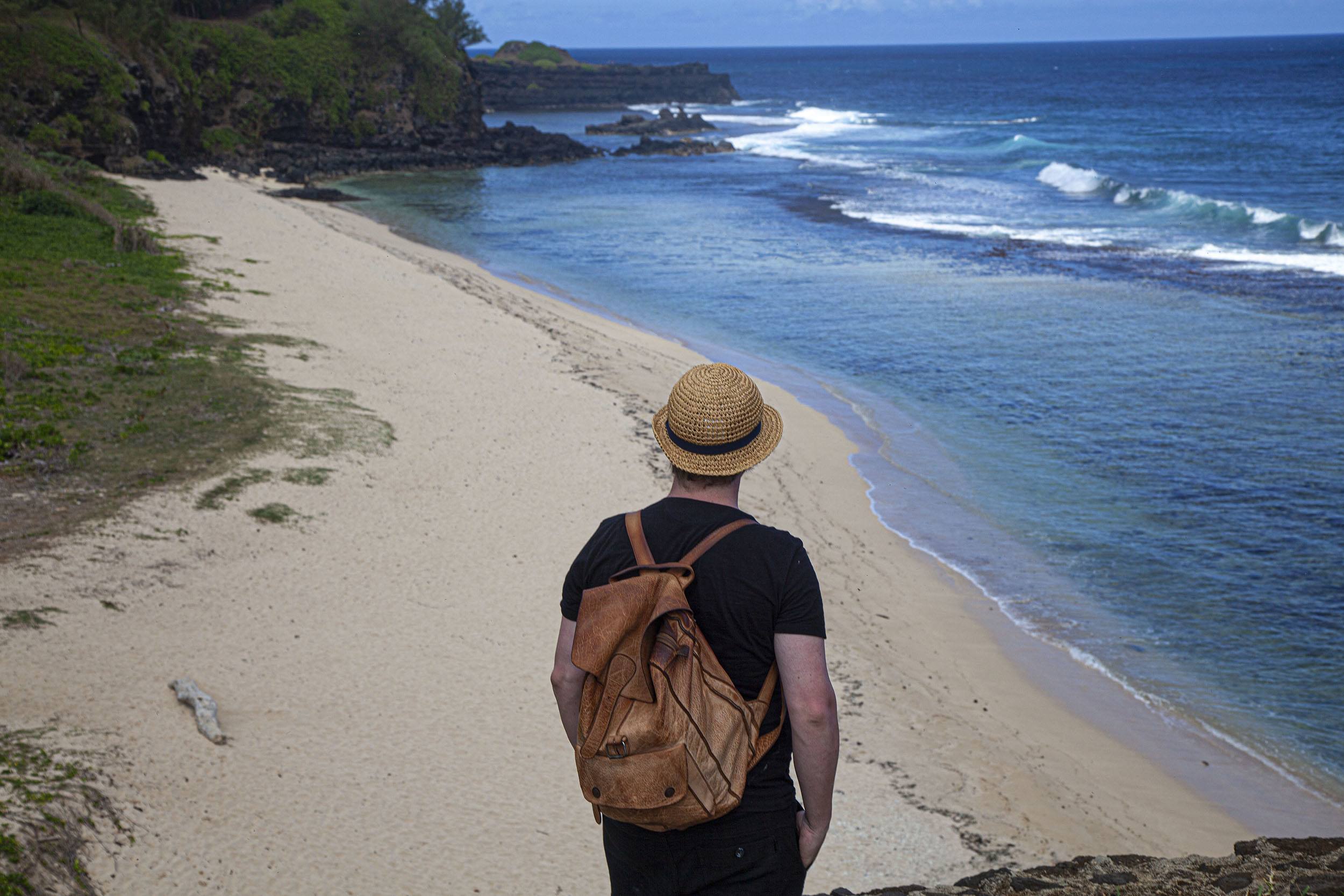
I grew particularly fond of the east, where balmy lagoons idly lap long and person-free stretches of powdery sand. Throw in a string of palm trees lining the shore and it’s a recipe for idyllic island living.
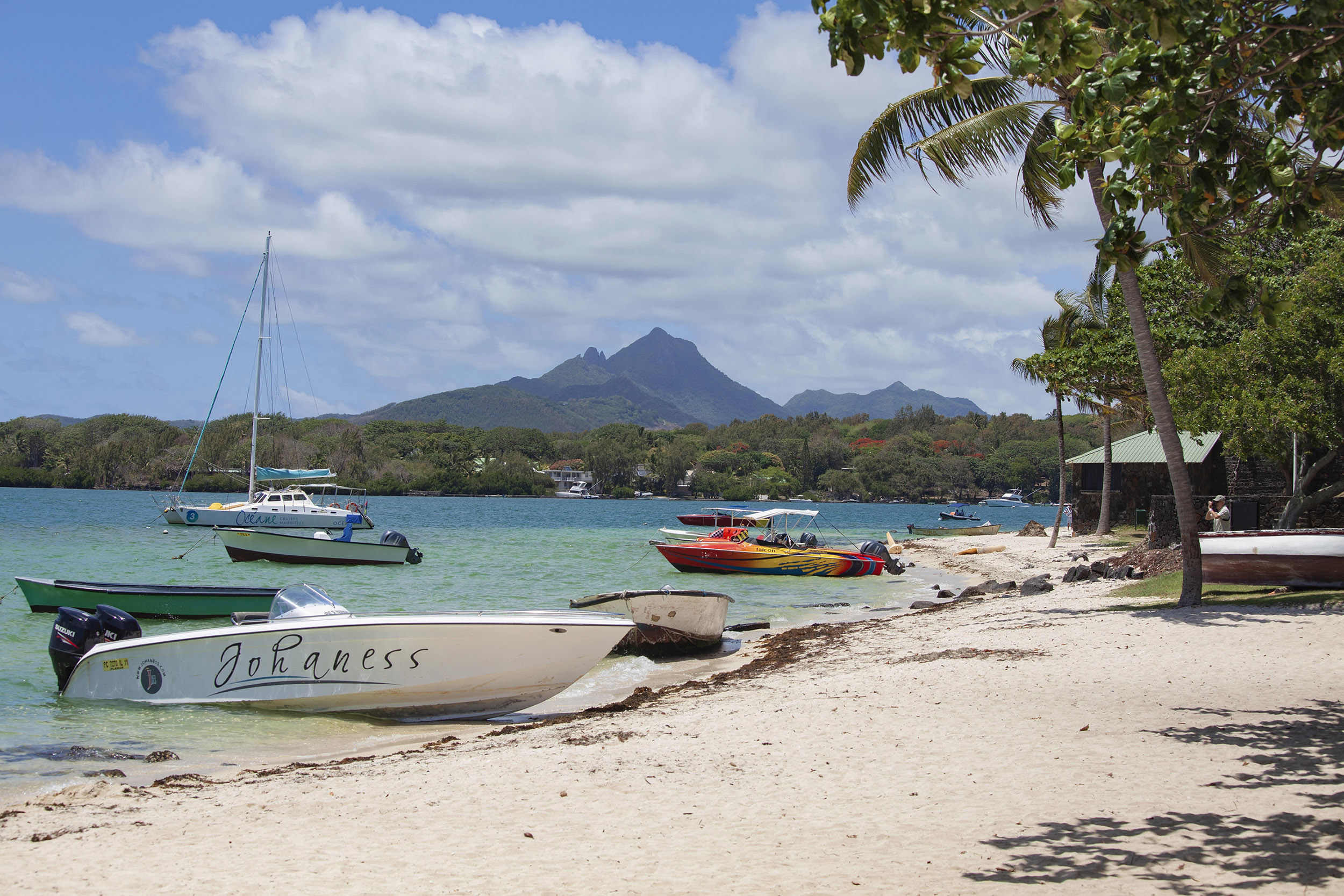
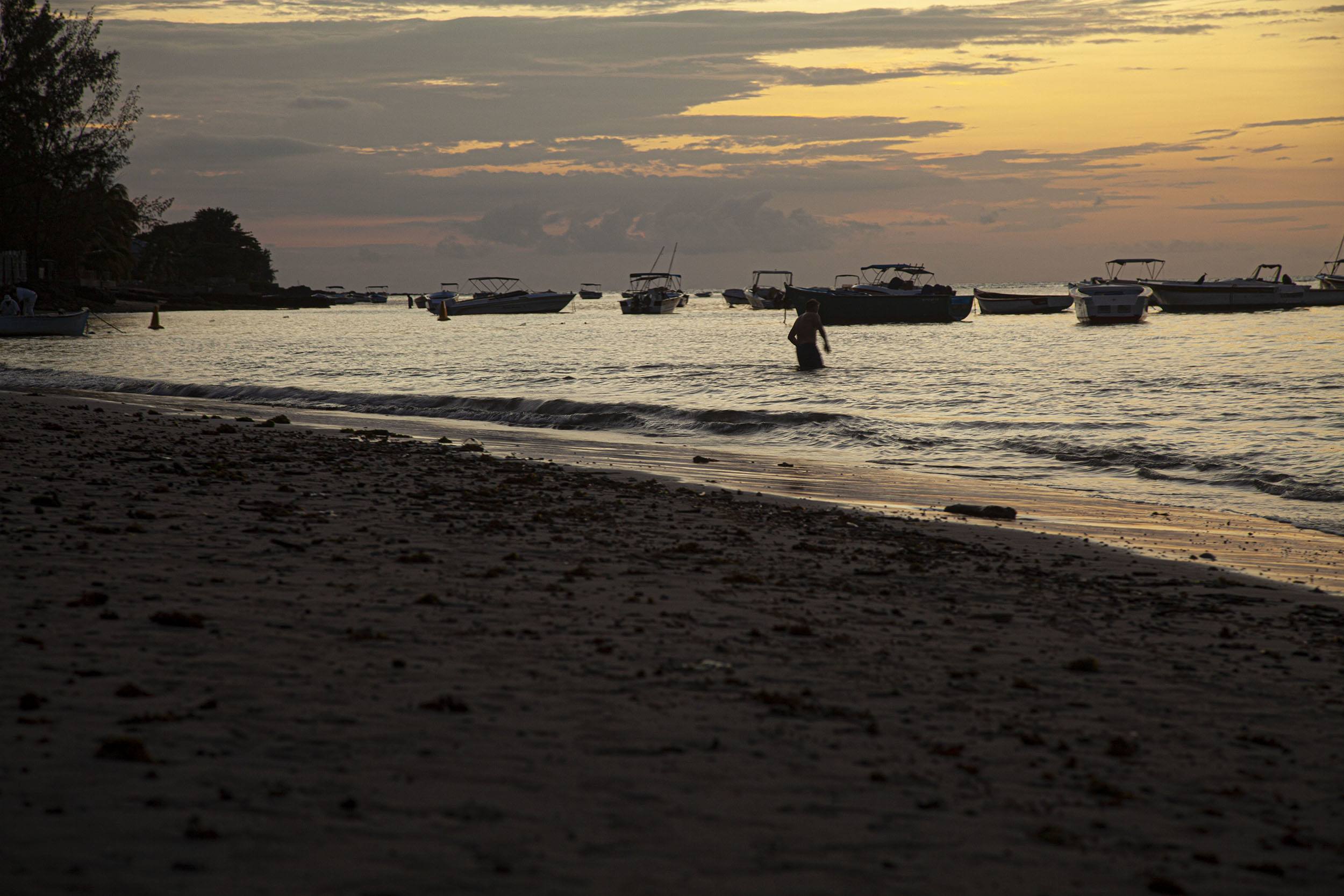
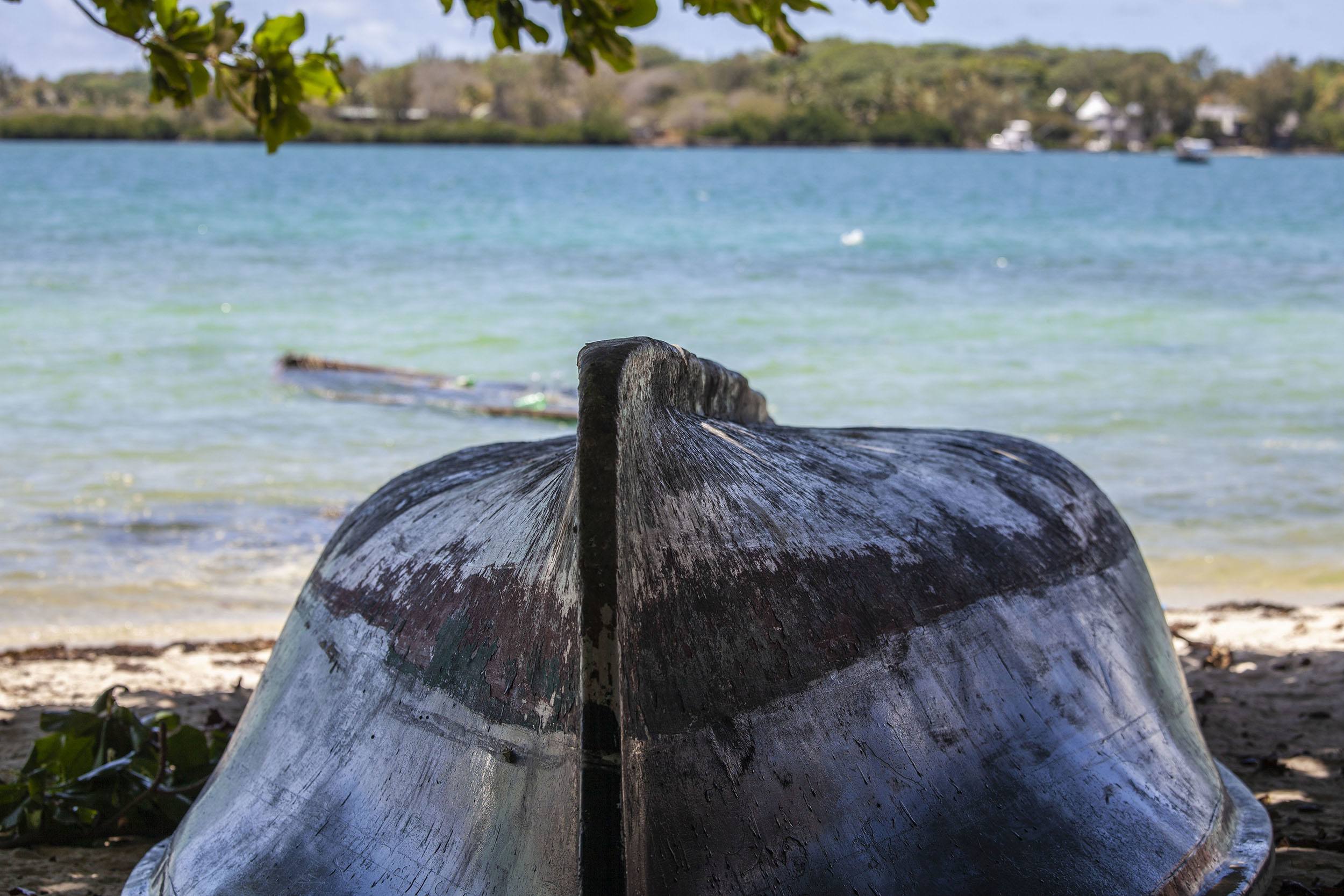
Adrenaline junkies are duly satisfied, too, a host of water-based activities available at many spots around the coast.
Sun-Drenched Islands
Of the many islands around Mauritius’ periphery, I visited only Ile aux Cerfs: it was sun-drenched and sublime.
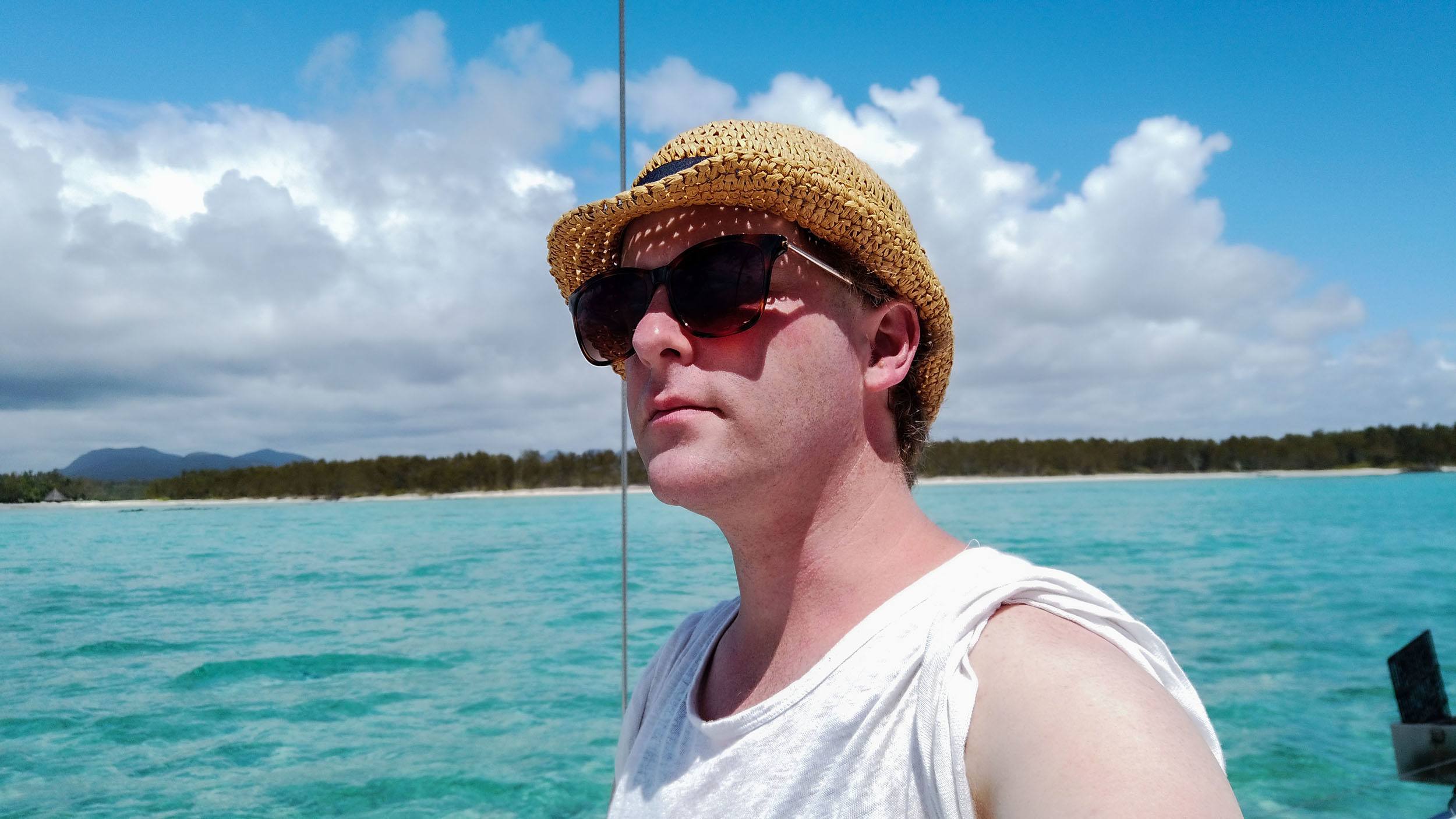
Home to balmy lagoon-like turquoise water, a market and the opportunity to engage in various water-based activities, the two-hour stop during a day on board a catamaran didn’t feel sufficient.

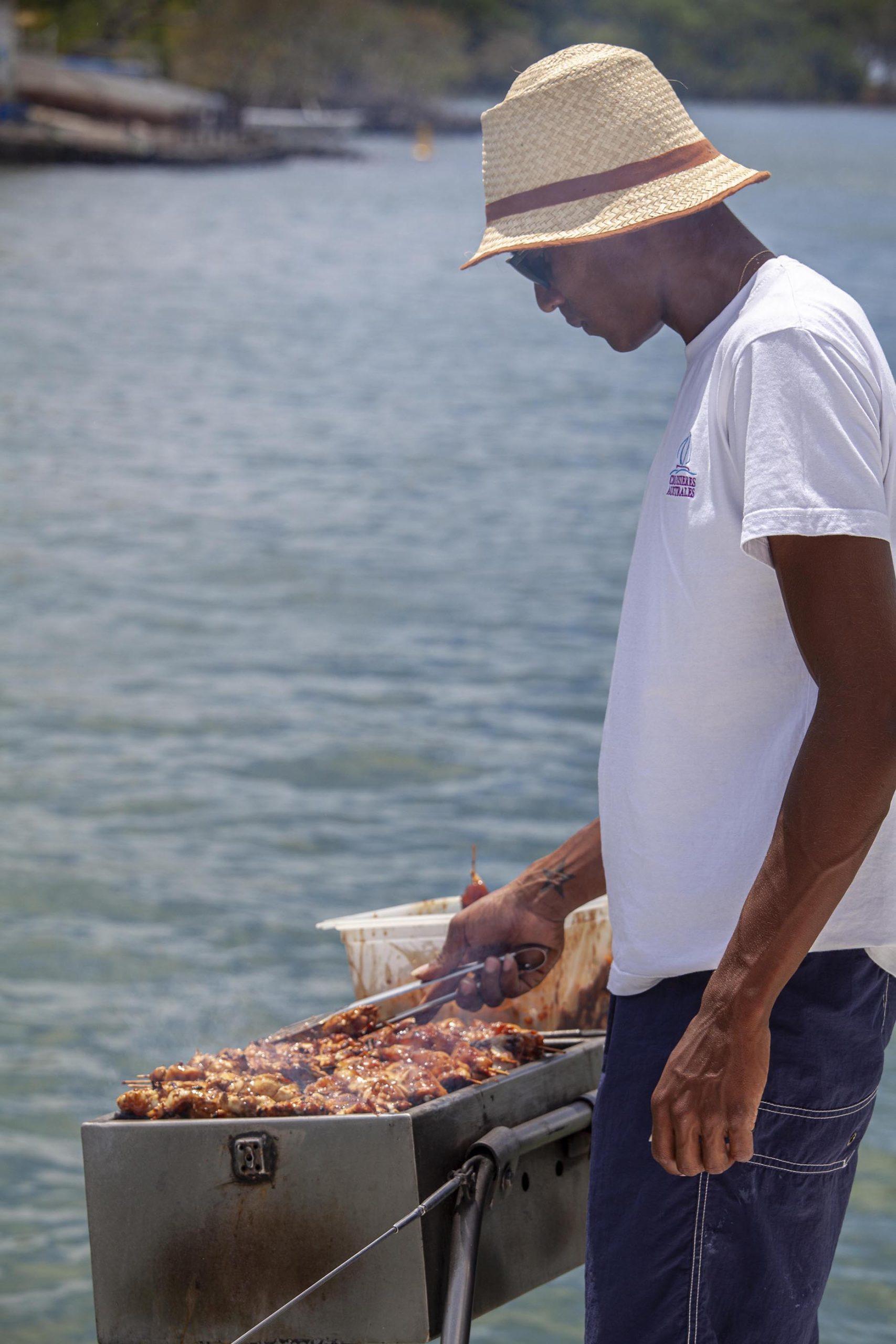
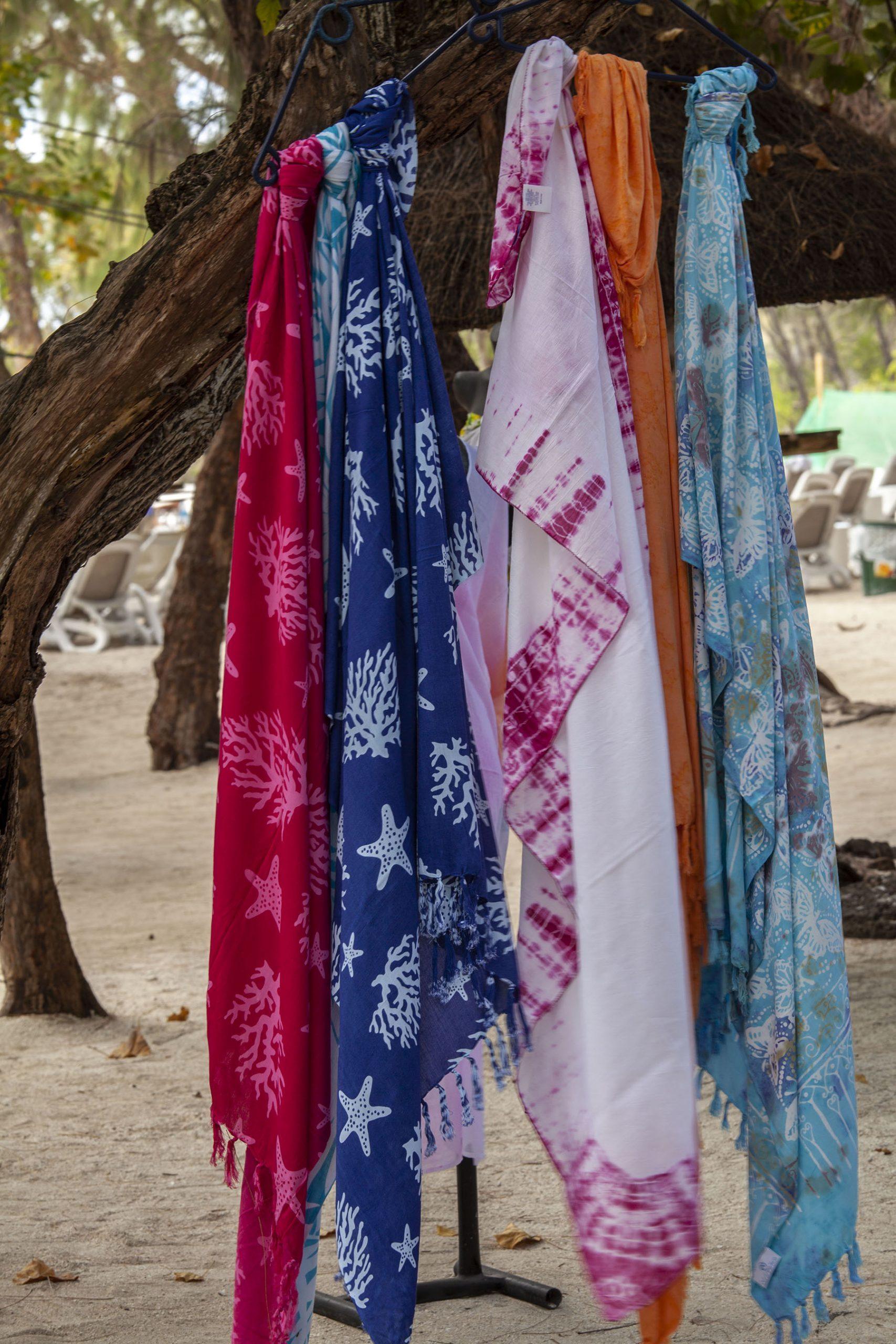
Whether you’re visiting Ile aux Aigrettes, Ilot Gabriel, Ile d’Ambre, Ile au Ronde, Ile Benetiers, Ile de deux Cocos, Coin de Mire or Flat island, you’ll be guaranteed some fun loving in the sun.
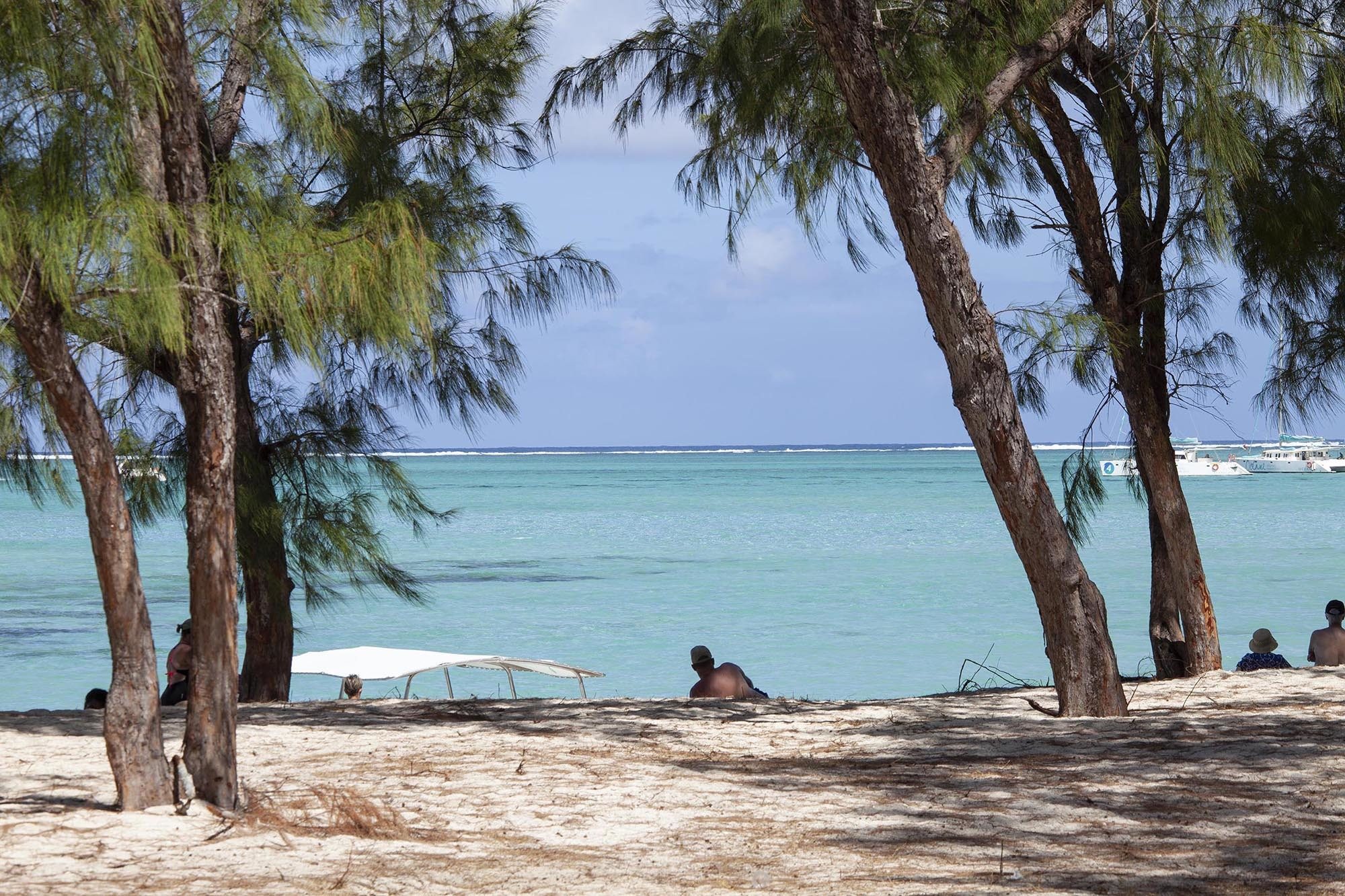
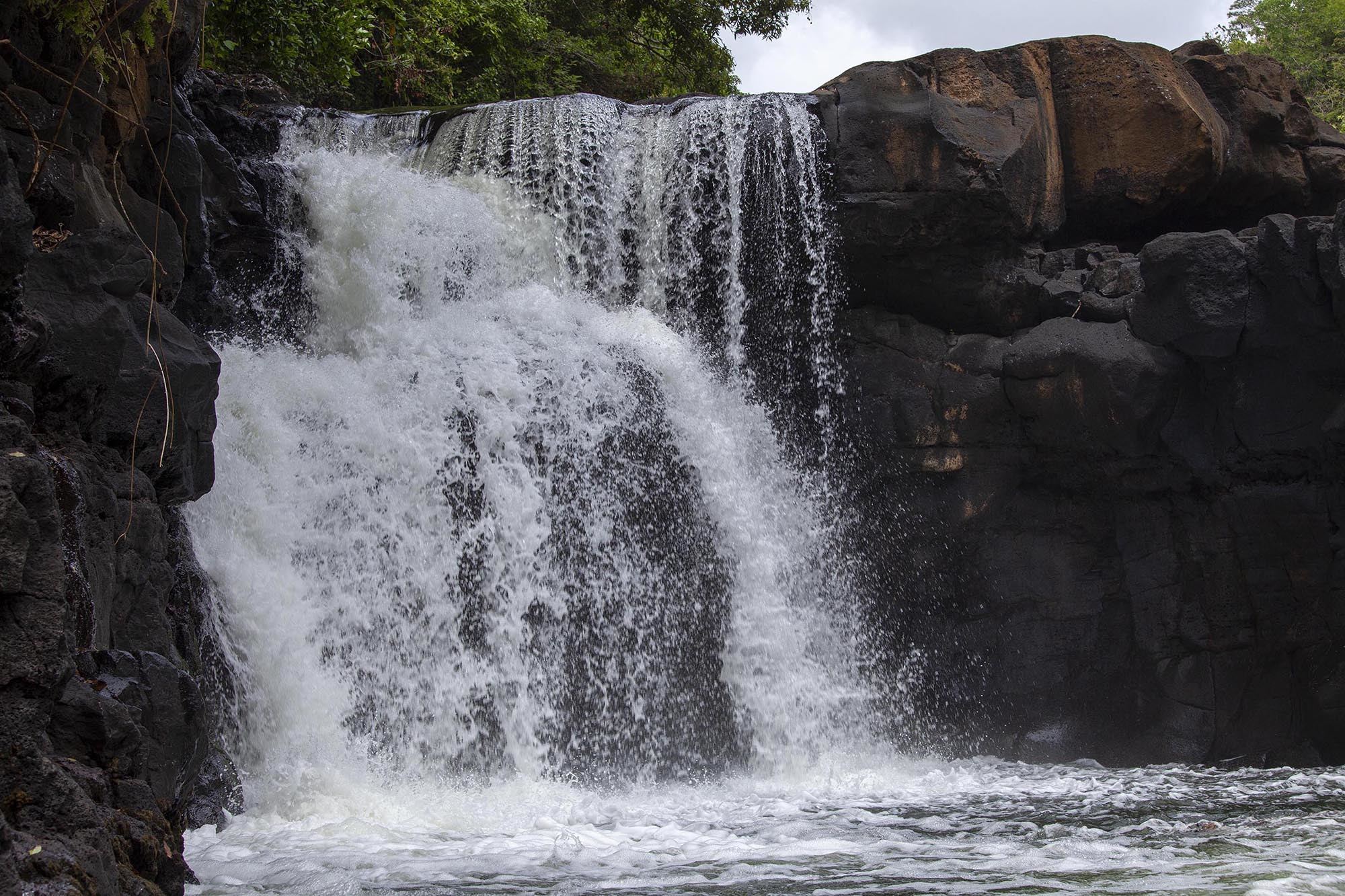
The catamaran excursion included a waterfall stop, snorkelling opportunities, a barbecue lunch and plenty of rum, but you can also take ferries and speed boats for a diverse experience.
Year-Round Destination
A hop south of the equator, the island-nation promotes itself as a year-round destination, which it can be depending on your preference. Variation in temperature between the two seasons isn’t extensive yet the humidity is.
October to April is hot, wet and steamy, the most popular time to visit. Winter, between May and September, is warm and dry. Both seasons are ideal for living idly in island-style although the water is apparently a little cooler during the winter months. I roasted during December and would like to return during winter to feel the difference.
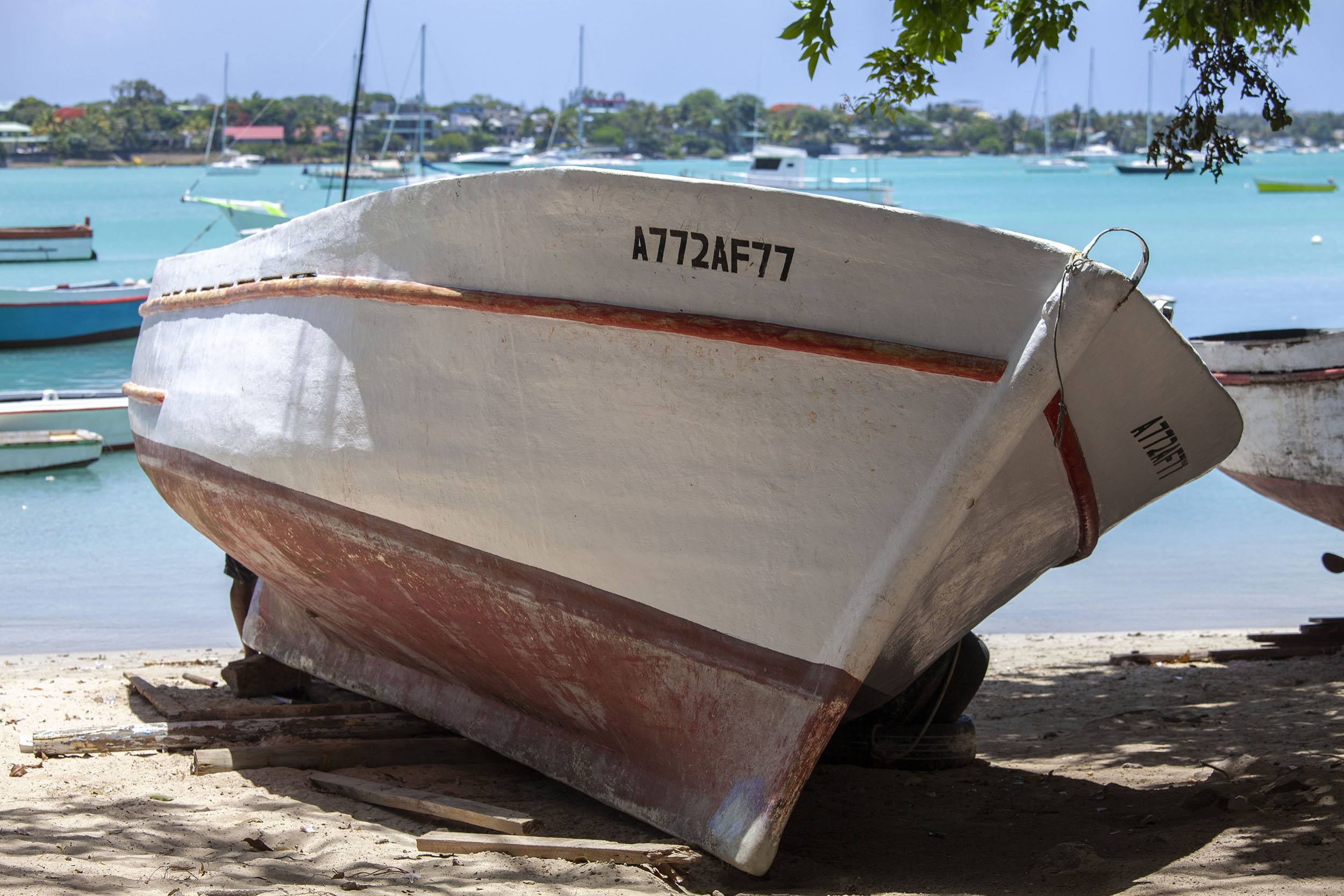
Note that there are micro-climates that can interfere with planned activities. Ask locally for details.
Convinced?
With only one million inhabitants, there is ample space for you to have your very own slice of paradise. With great nature immersion opportunities and a host of unique activities to try, I can’t see you leaving disappointed. So, what are you waiting for? Book a flight today.



































